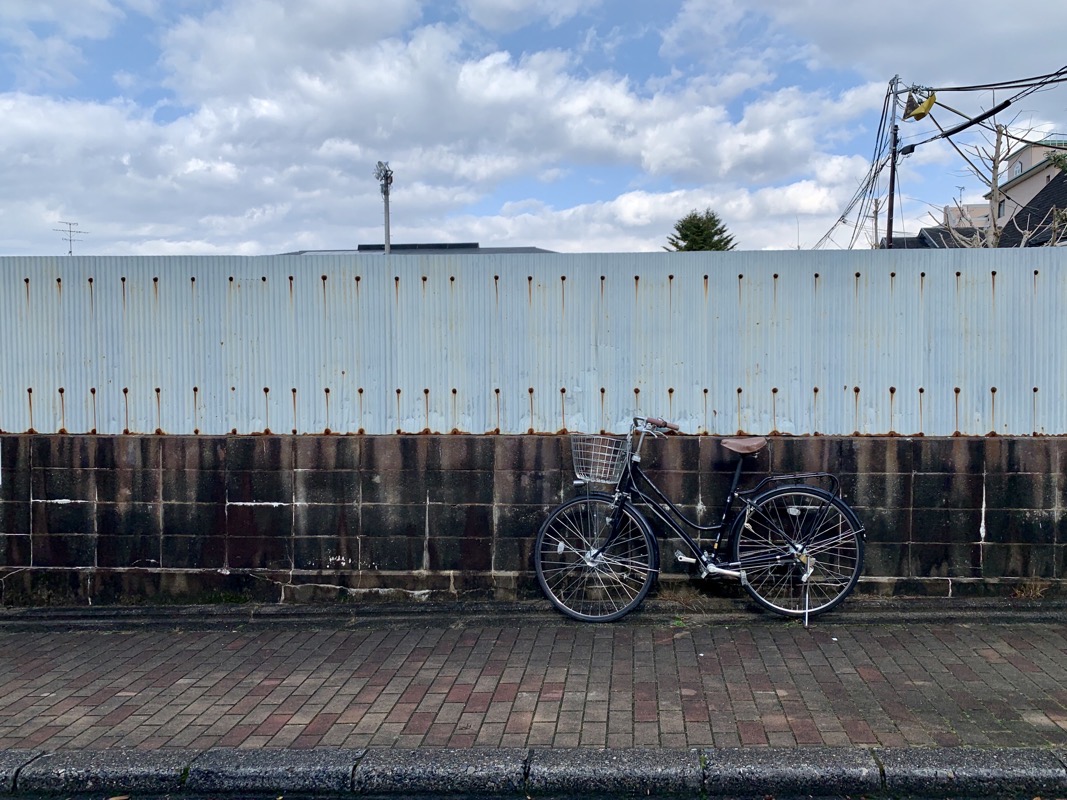This morning’s goal was to climb the mountain to see the Shogunzuka mound and the lookout which has been built next to it. A quick bus trip to the subway, then one stop to Keage station.
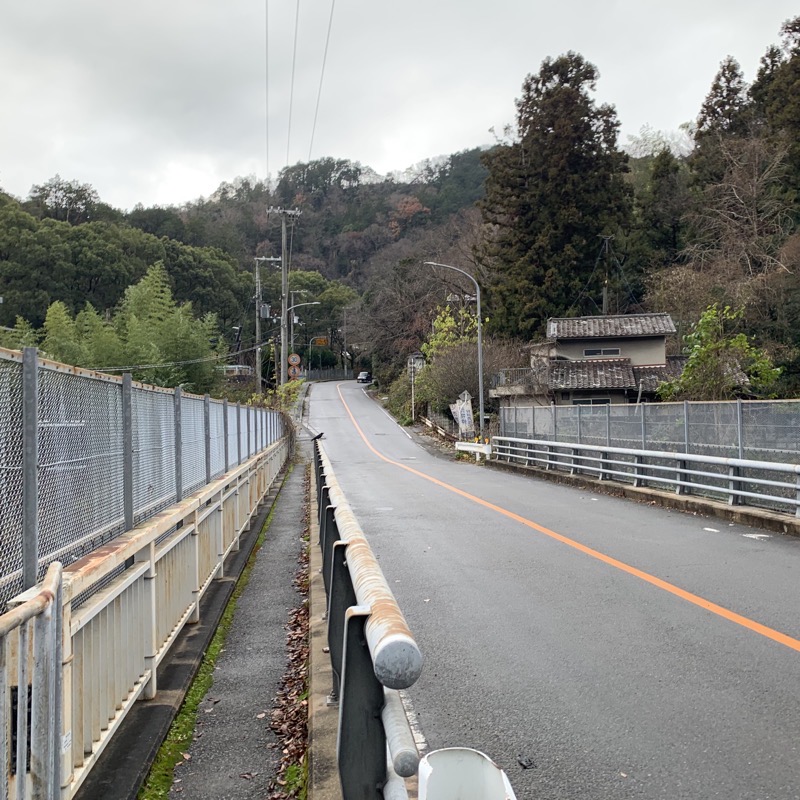
These ticket machines are great. You can either use a ticket (the yellow slot) or tap the blue pad with your phone or NFC pass to tag on. They’re great. Even when you don’t tag just right and you break the light beam and the little yellow fence things pop out, the lights go red and it yells at you!
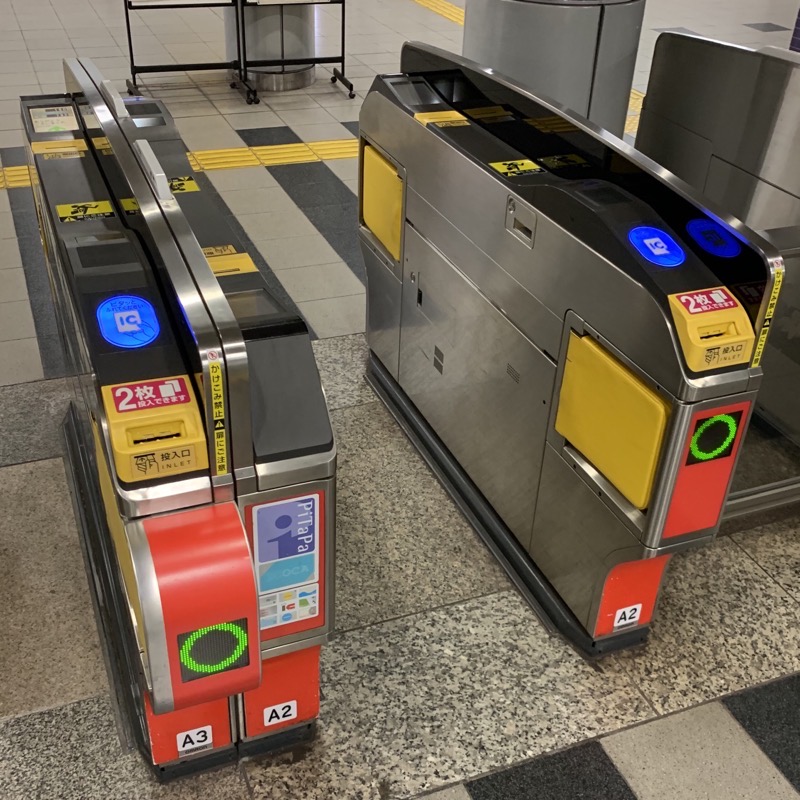
We aborted our first attempt to walk up. I thought we could just follow the road but derp, it’s a narrow winding road with no footpaths. There was a bus, but we’d passed the “one an hour” service on the way up when it was stuck trying to pass a tour bus going down… then it had disappeared. We wanted to walk anyway, it’s part of the journey.
We had walked past this on the way up, I really need to tell them to add “Shogunzuka Mound” since it would have saved us a KM or two. :)
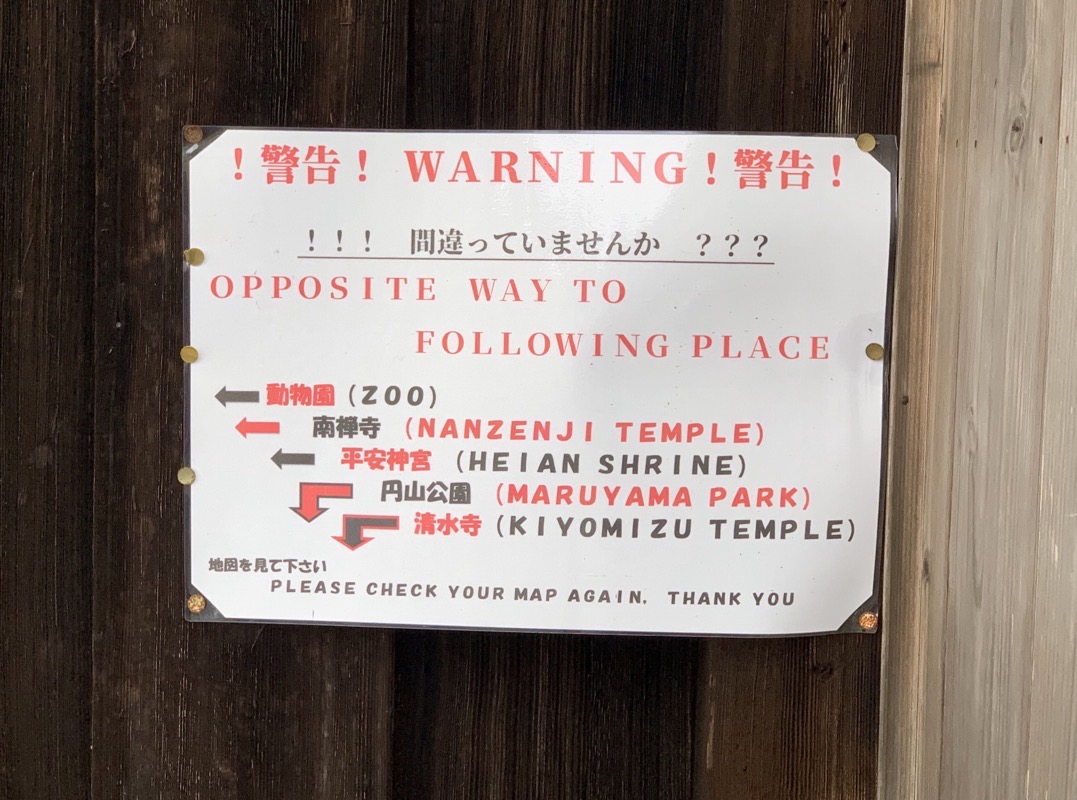
That retaining wall, each of those “spikes” is about as thick as my leg. They don’t mess around with holding their hills up…
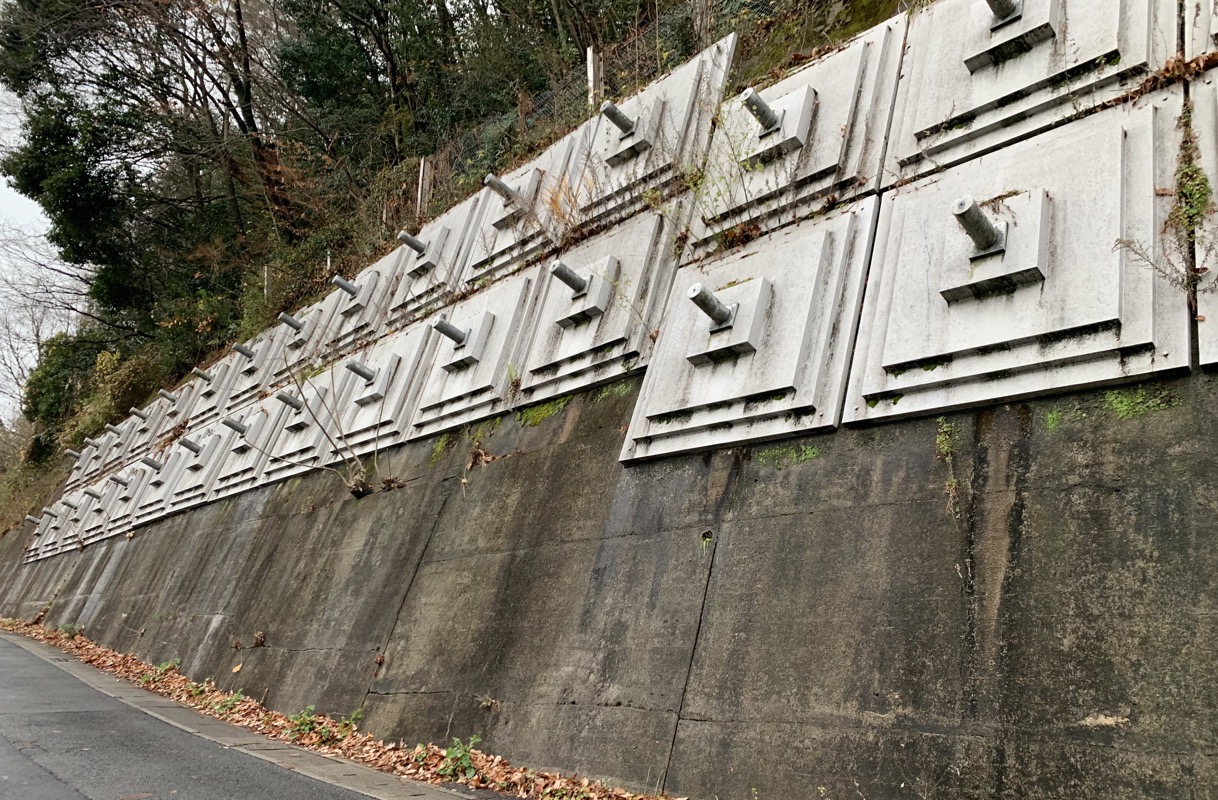
I really appreciate how even their water treatment plants aren’t ugly lumps. It looks quite like a private school until you look closer.
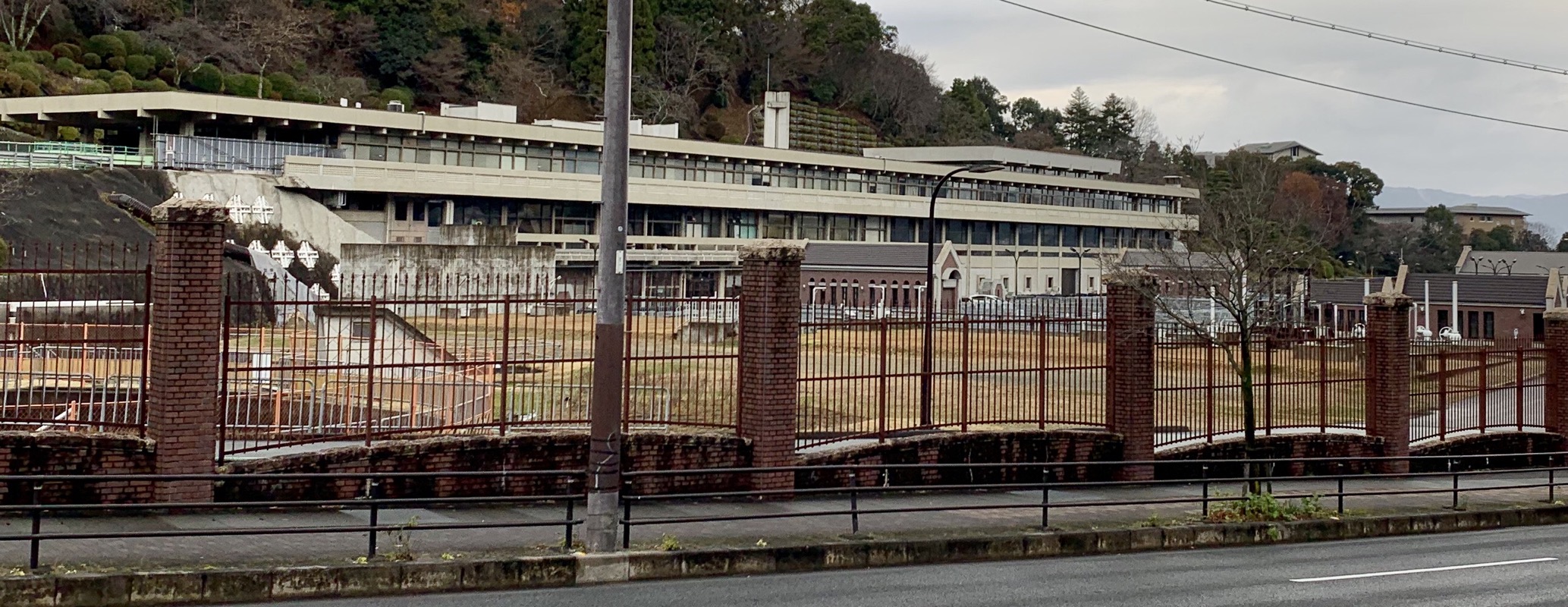
On the way down to the starting point we found with some quick searching, we passed a Nejirimanpo (Spiral Tunnel)… pretty funky. Completed in June 1888, it was built to take the weight of the road above it only using bricks laid in a spiral pattern; it’s also built at an angle to the road.
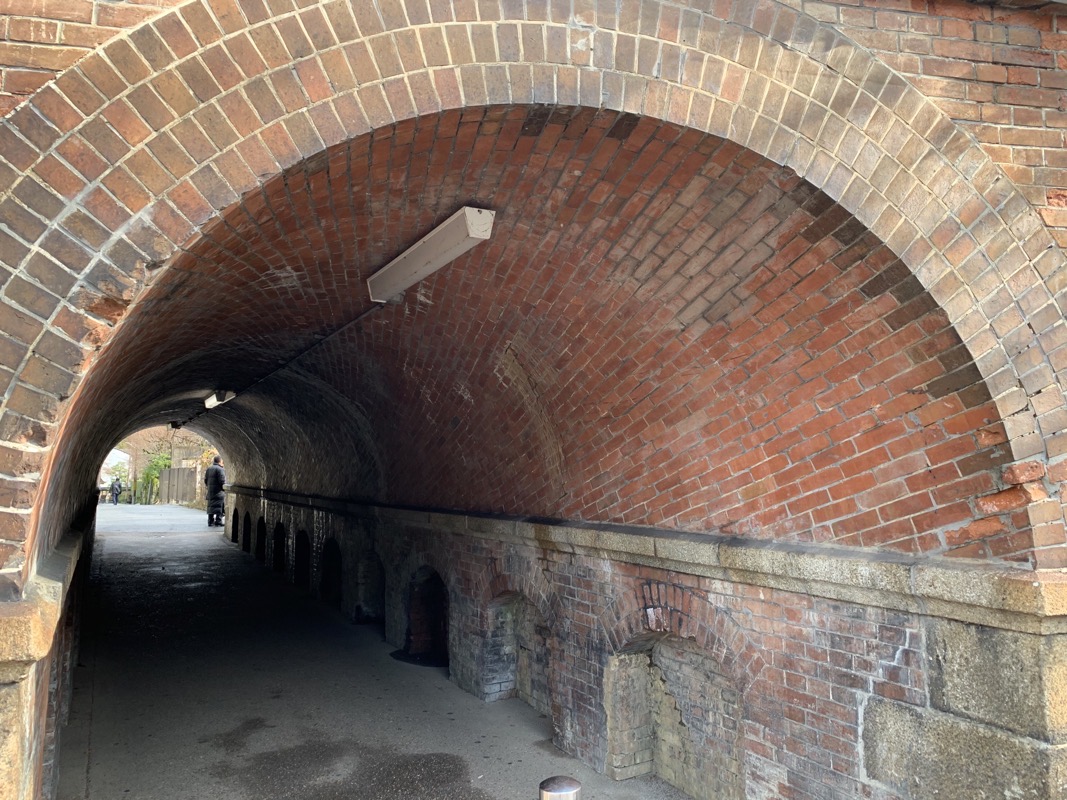
The sign next to it had an instantly recognisable friend from home on it… eek.
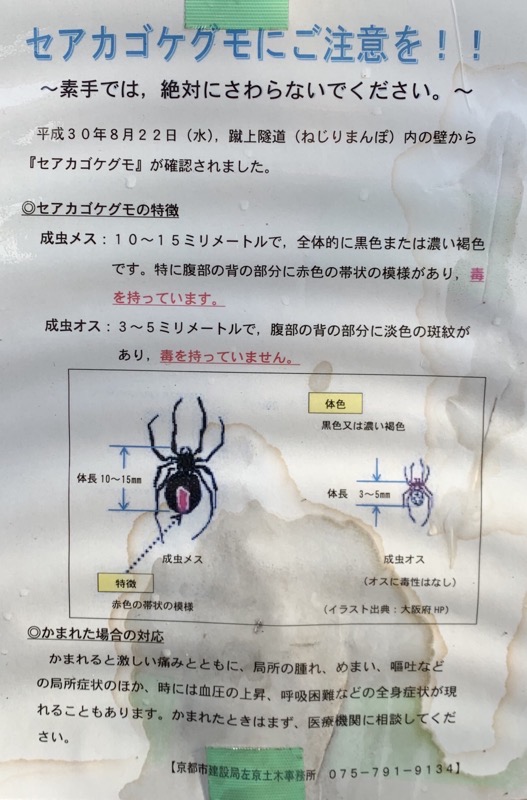 spi
spi
After some slightly confusing directions, we found ourselves at the start of the path, the Sonshi-In temple, accessible only by a steep and slippery path.
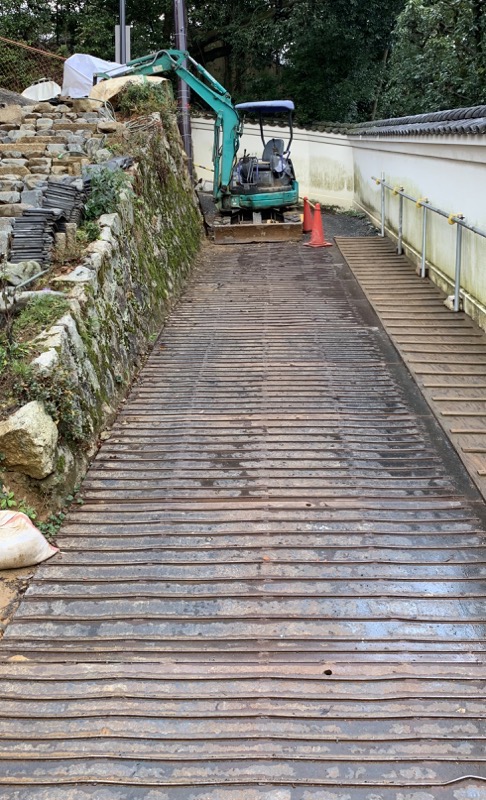
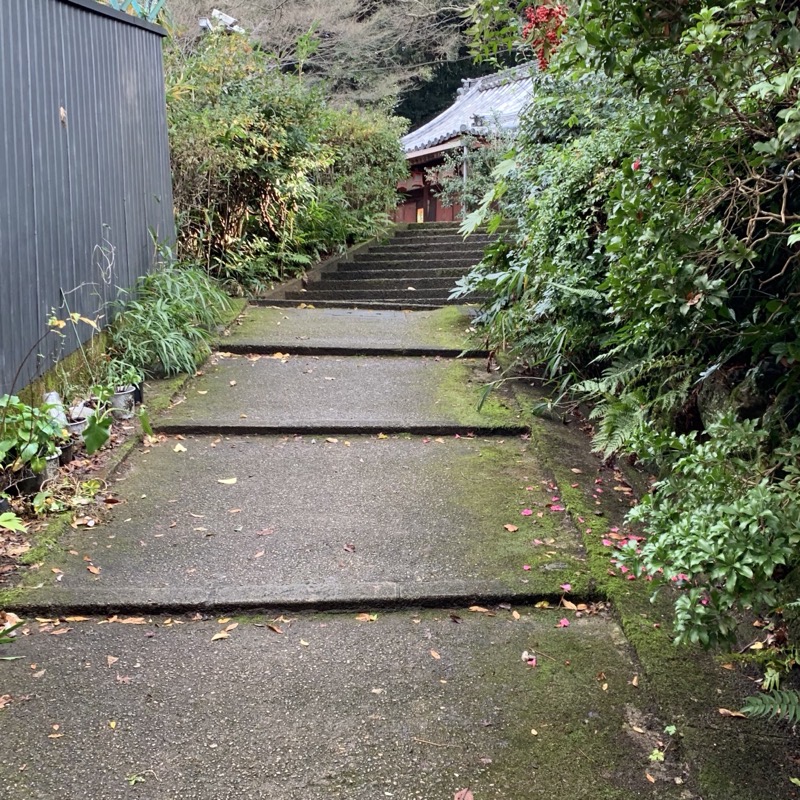
Once we were on our way, it was a really lovely walk to the top. Reminded me a lot of Australian rainforest, only colder. And with terrifying monkeys. Well, signs about them at least.
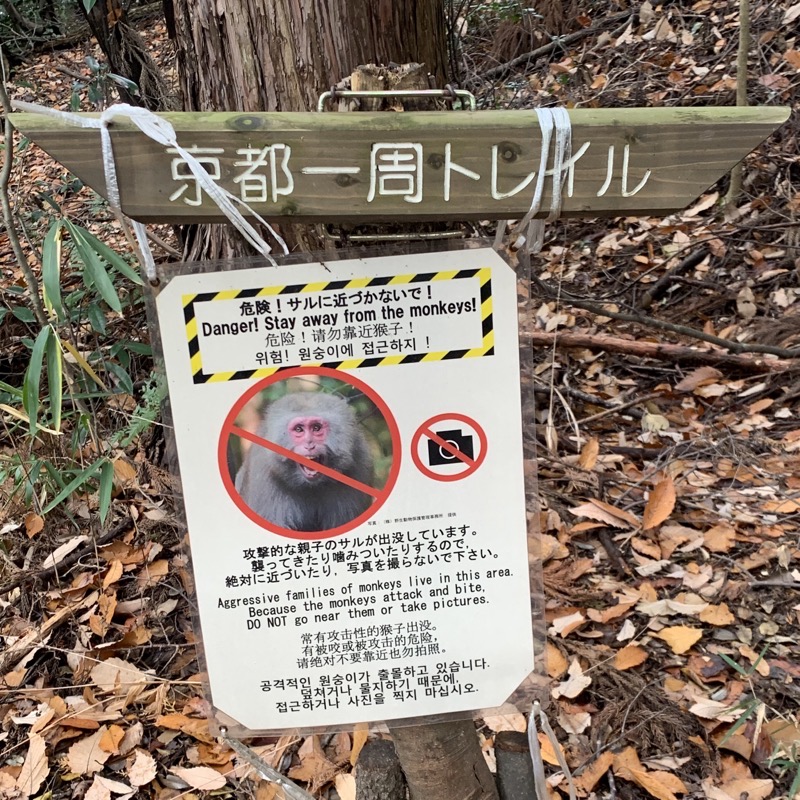
I guess they’d left for warmer pastures this time of year?
After the 35 minute walk to the top, we were at the Shōgunzuka complex.
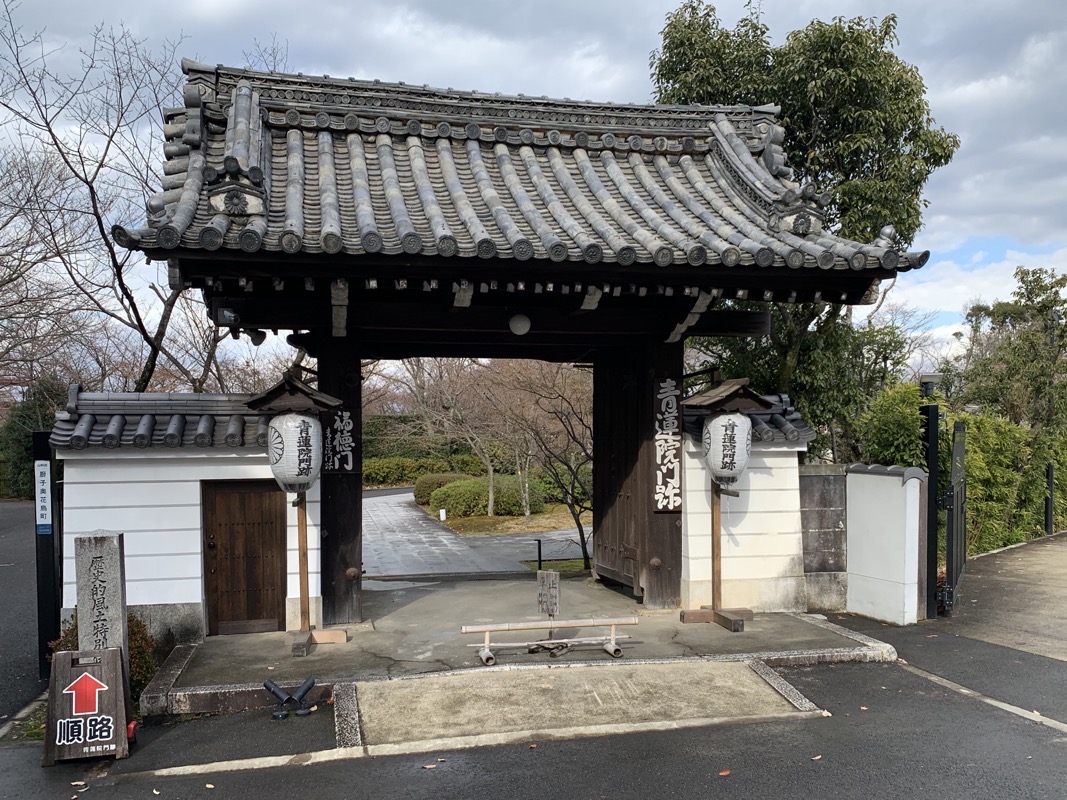
The Shōgunzuka Seiryu-den Hall, first built in 1915 as a Butokuden (training hall), it was transferred to the Police in 1947 for their training use as a peace dojo. Later it was opened to the public and many people came to engage in martial arts training. In 1999, it was shut down and dismantled by the Kyoto government and put into storage due to rain damage and lacking maintenance.
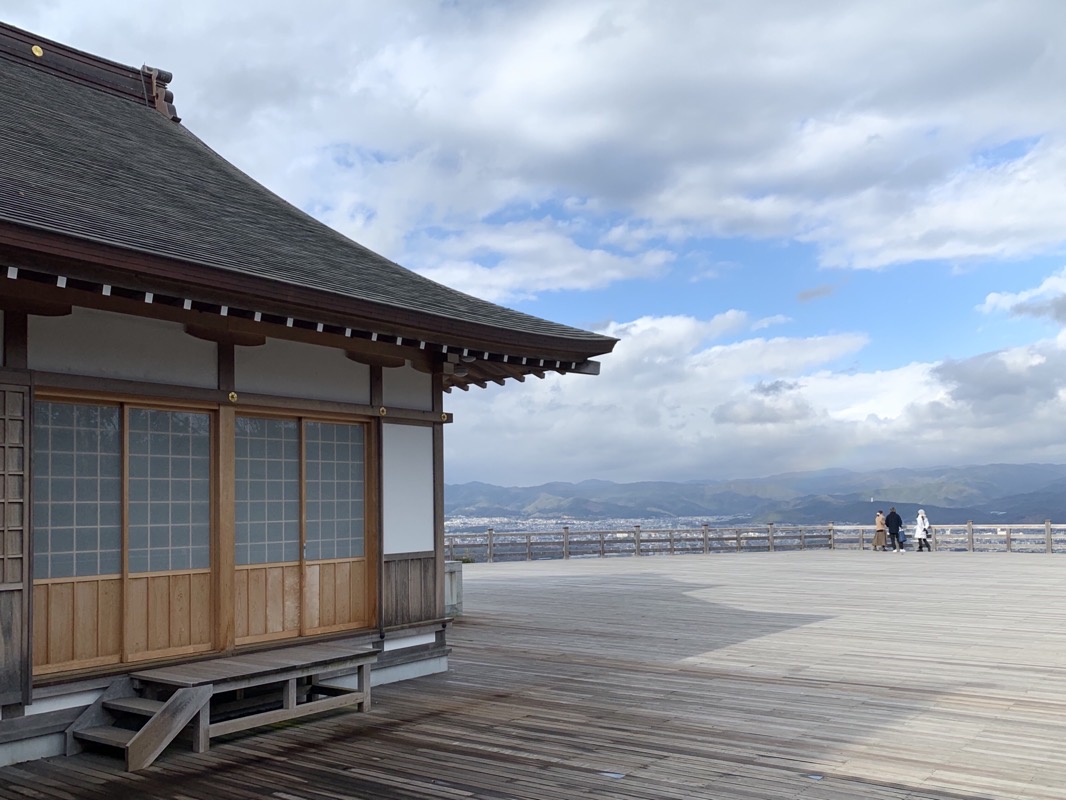
Ten years later Shorenin took ownership and started rebuilding it next to Shogunzuka Mound, extending it with a large observation deck and completing the work in 2014.
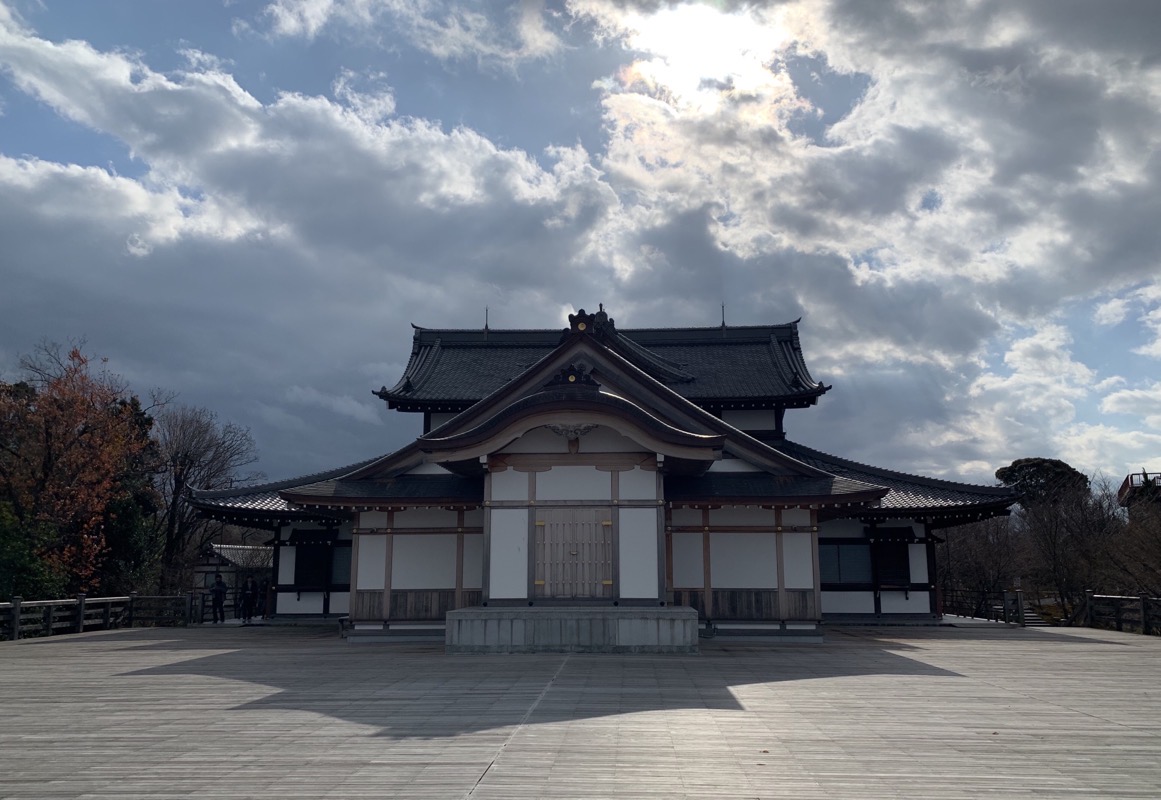
It’s a beautiful structure inside and out, and the views from the deck are spectacular, taking in most of Kyoto city.

Inside is a replica of “The Painting of Aofudo (Blue Acala)”, an 11th century painting considered one of the best examples of Buddhist masterwork. It’s ensconced safely nearby and recently was exhibited twice and 550,000 people came to see it.
The mound is… a mound. The story is better told by its caretakers:
Folklore tells that when Emperor Kanmu was to determine a capital, he first climbed the mound accompanied by Wake no Kiyomaro, and then decided Kyoto to be the capital. After having the image of the Shogun buried in armor, he prayed for the peace and security of the newly found capital. The Shogunzuka area extends about 20m in all directions.
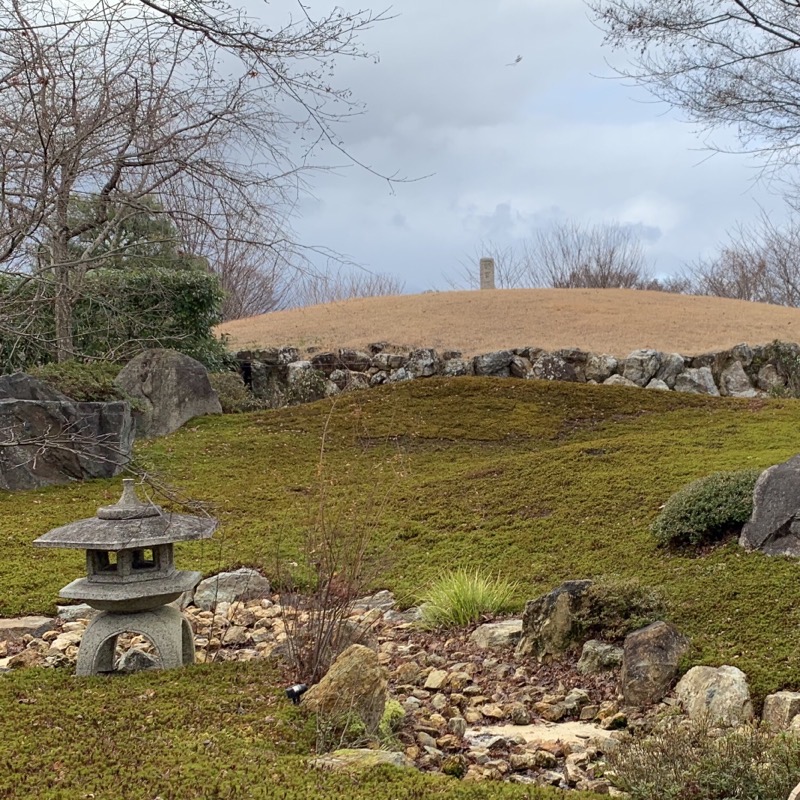
There’s some beautiful gardens to wander through after visiting the aforementioned sights, built in the circuitous Muromachi style.
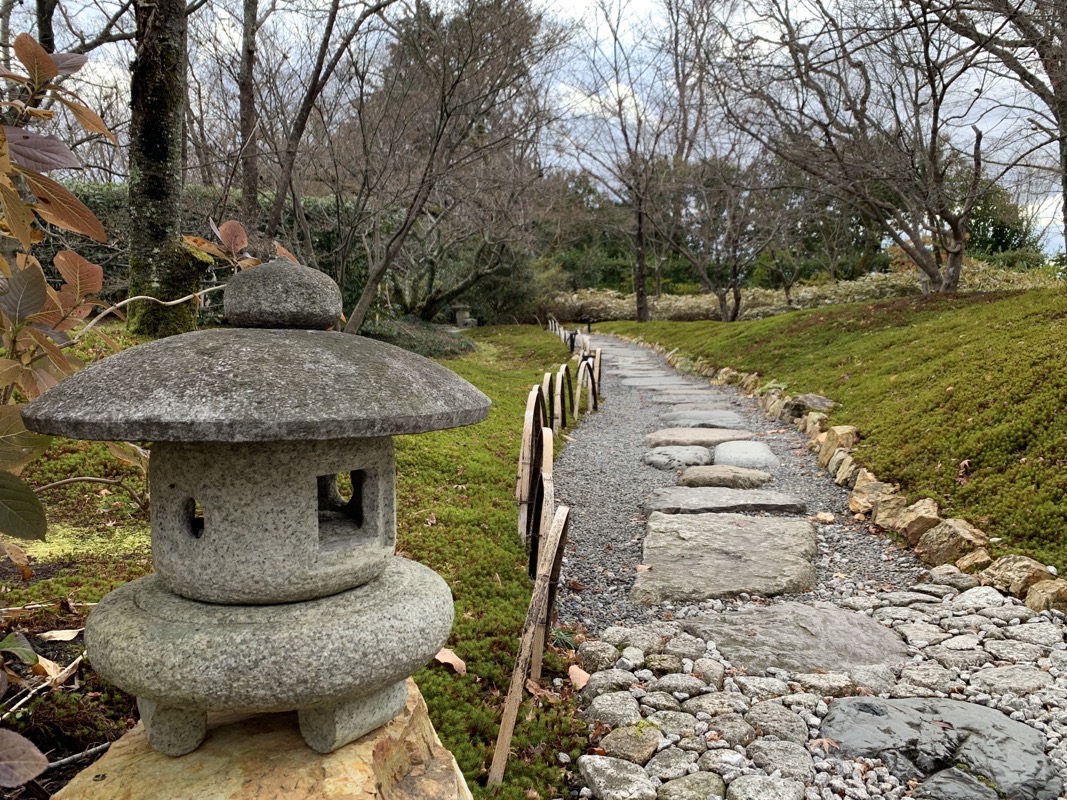
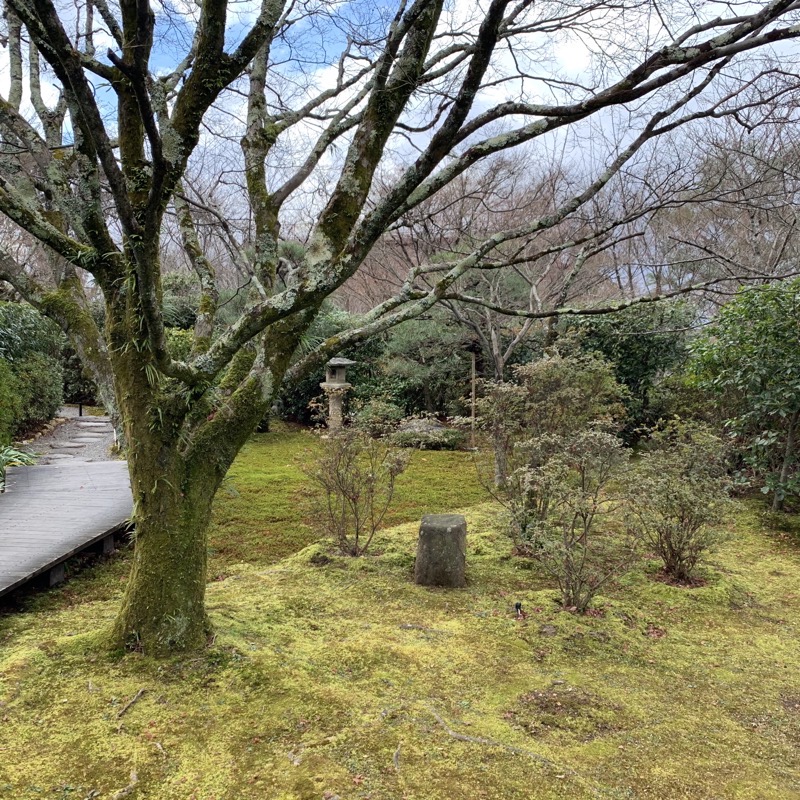
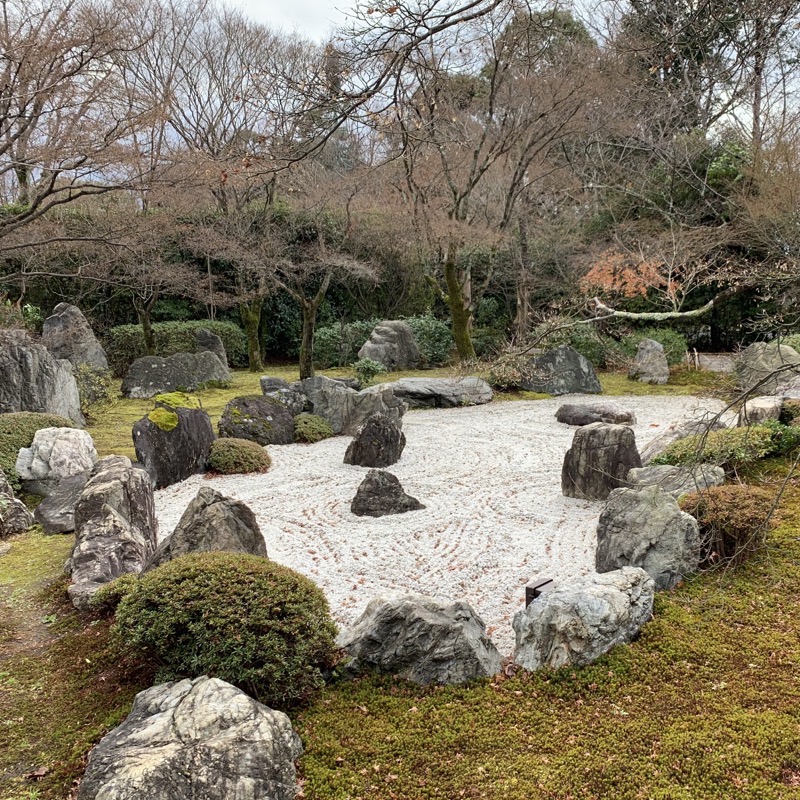
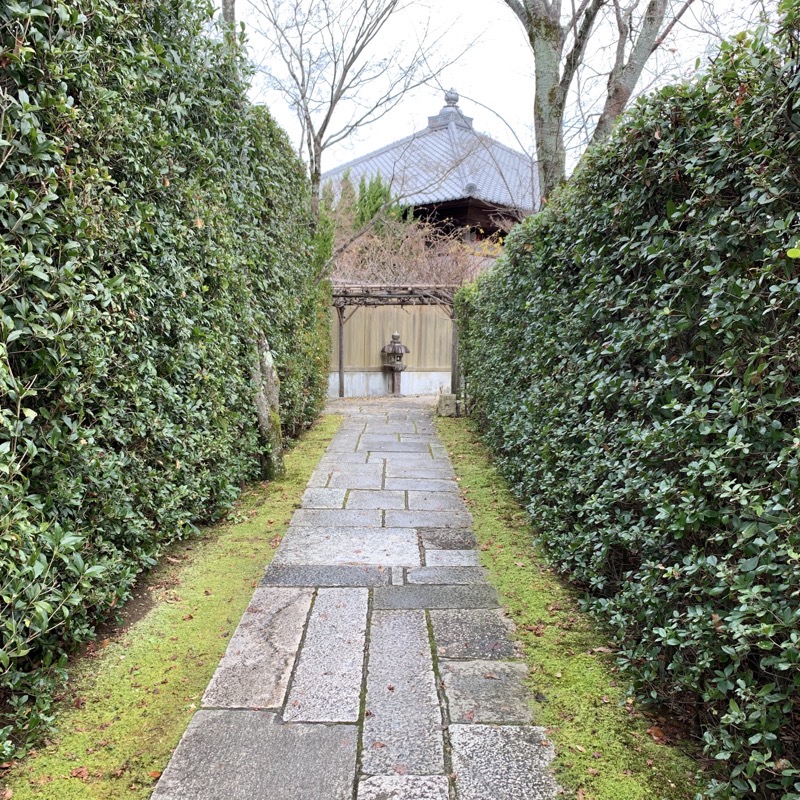
After leaving that area we stopped for a drink while working out how to get back down. We didn’t want to go back the same way, and after some poking at signs, found another way that would take us down to the rear of the Chion-in temple we’d walked past the day before.
This was from a viewing platform in the nearby park, looking southeast to Yamashina ward.
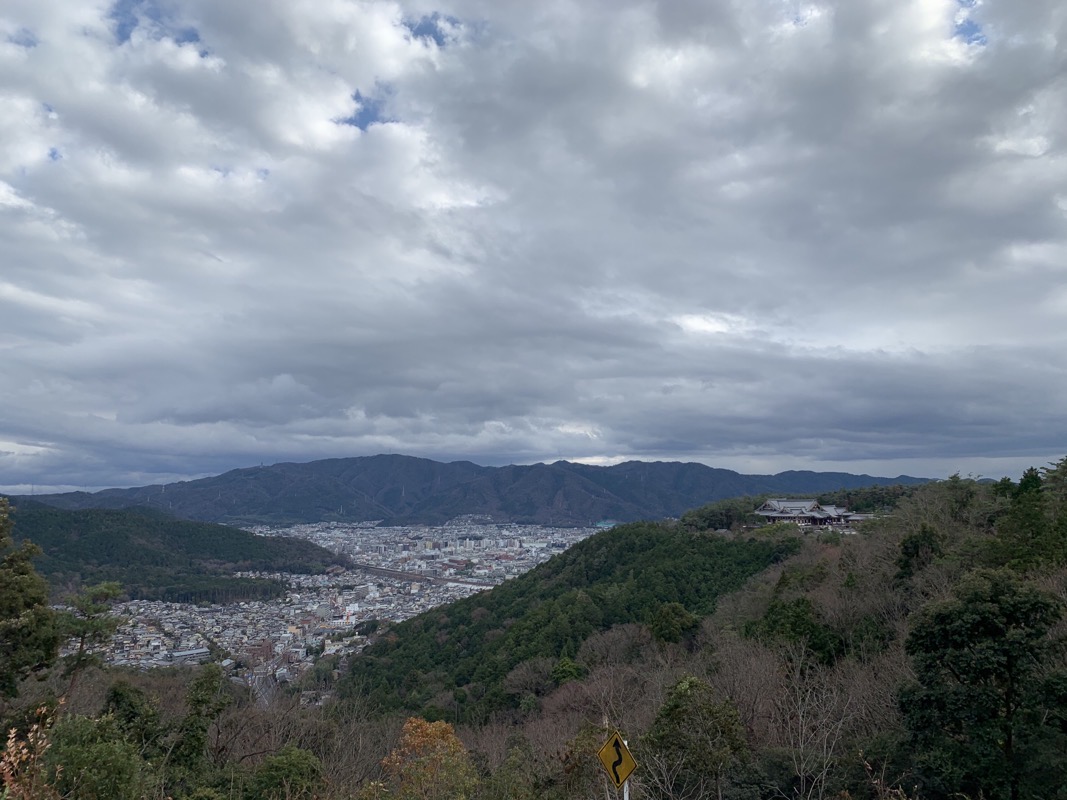
Looks like we found where Santa goes after the 25th of December…
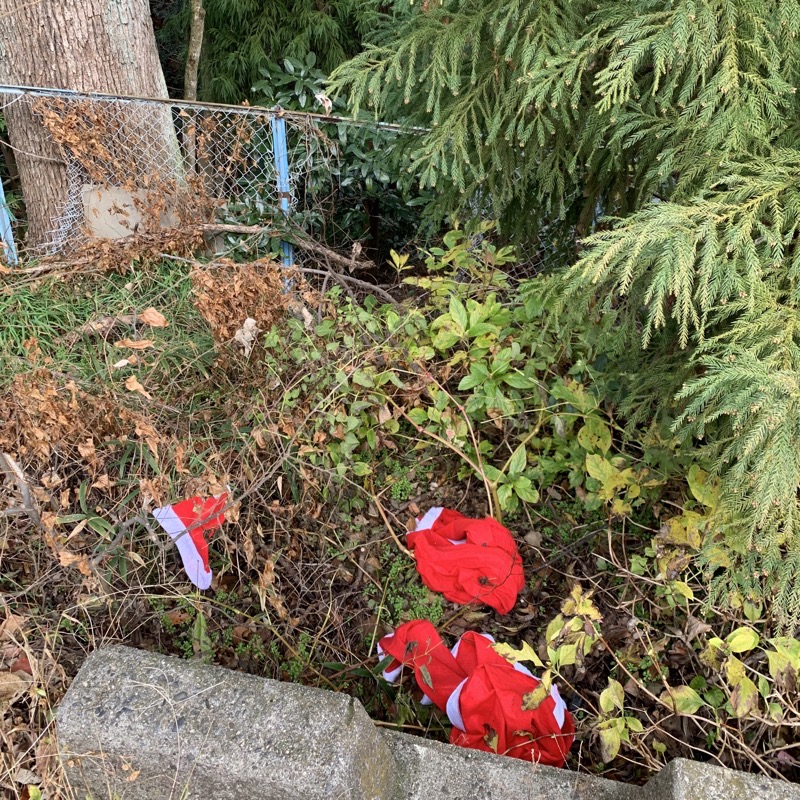
Vending machines with wifi and public toilets, bringing together two of my favourite things. ^_^
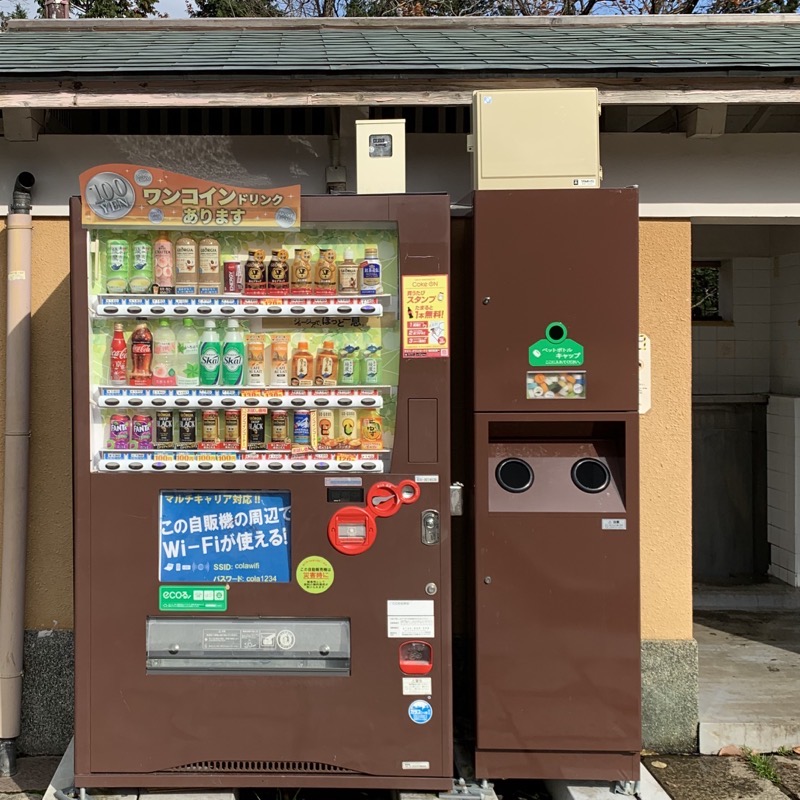
Some paths had been seriously damaged in the recent typhoon (#19, 2019) but thankfully not the ones we wanted to go down. There was still some evidence of spectacular weather…
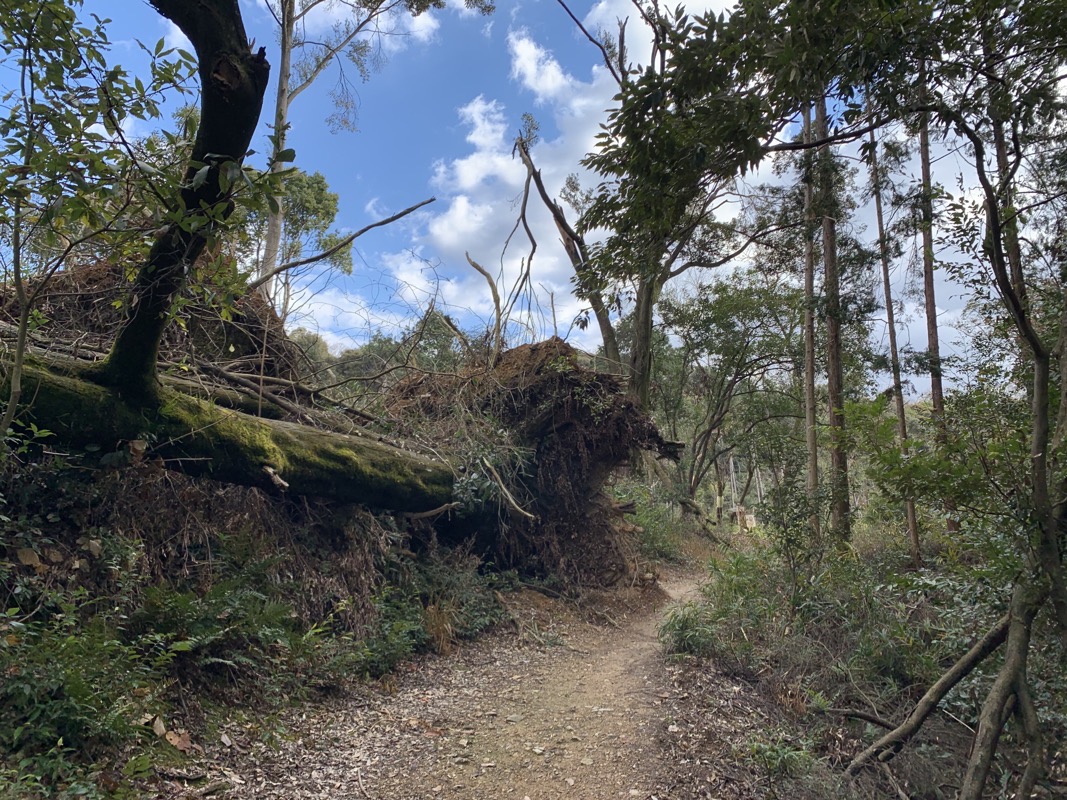
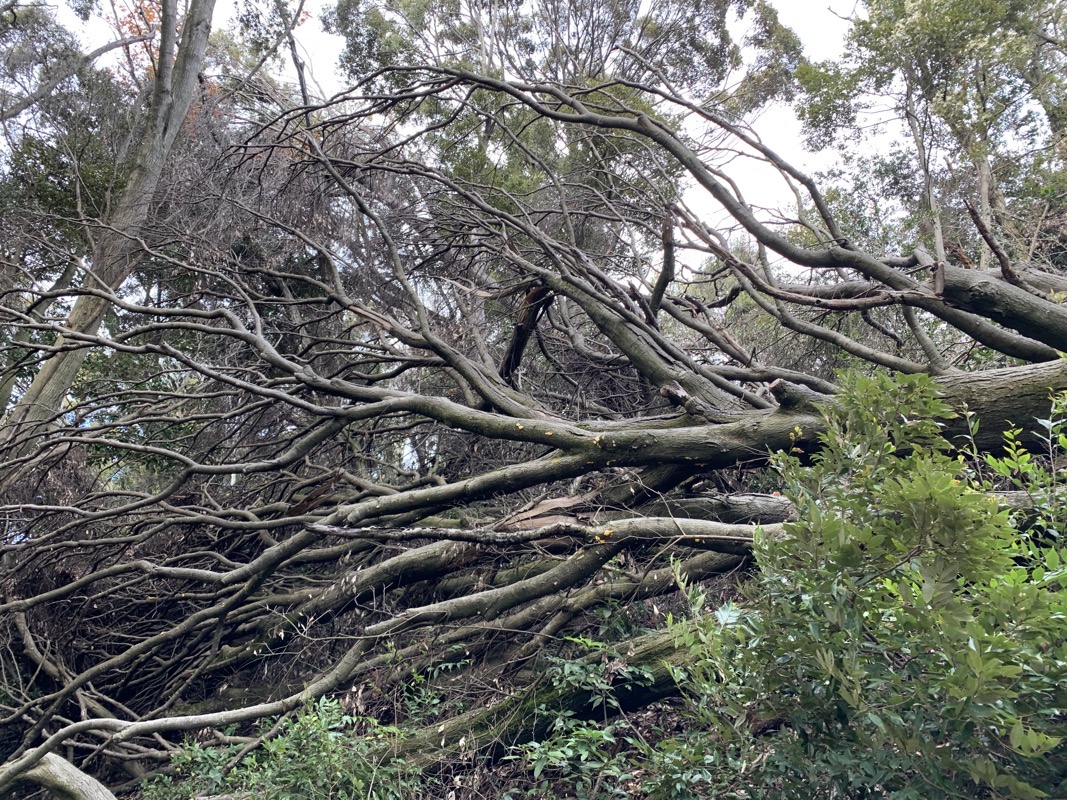
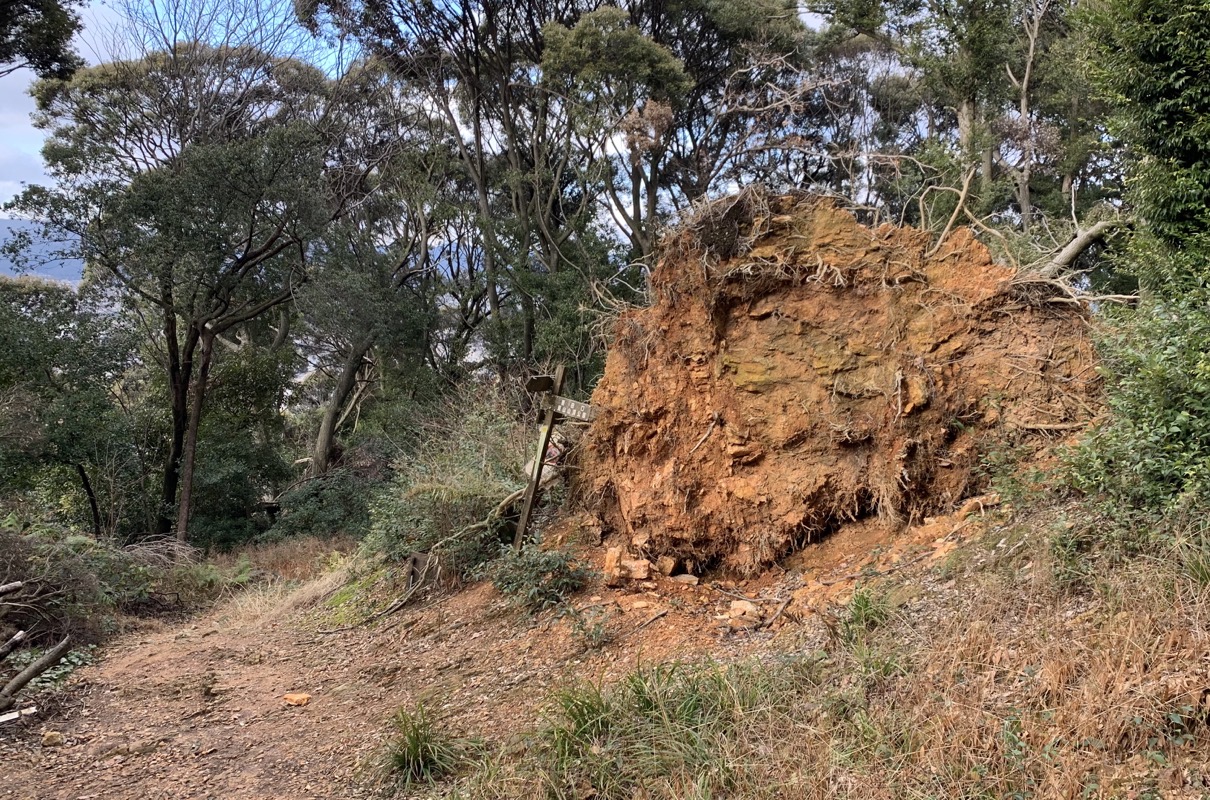
It was a lovely walk, a little less windy, a lot more slippery due to moss and rain.
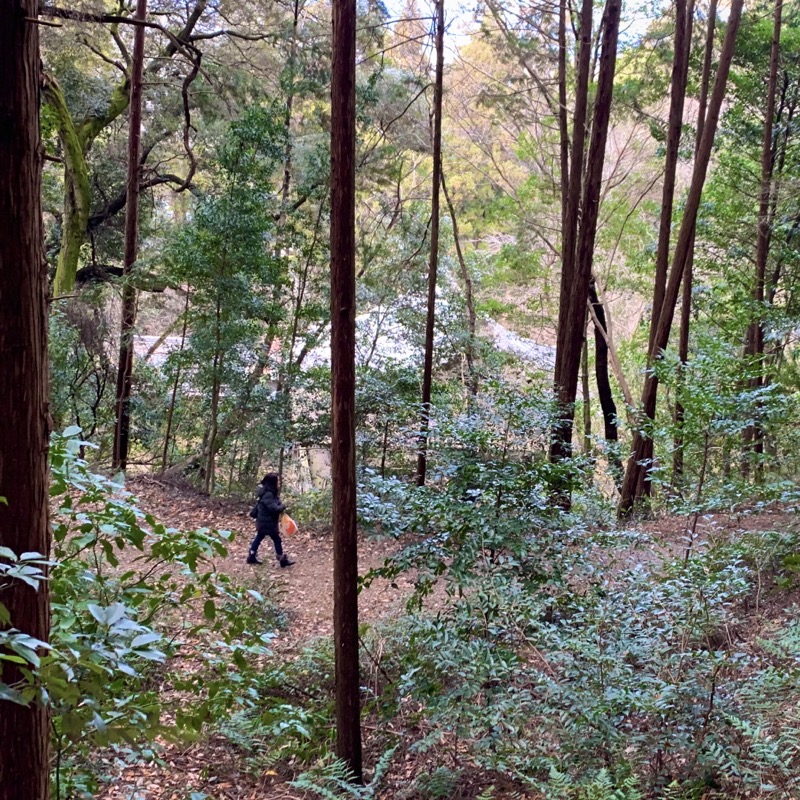
Only twenty-six minutes later, we were plodding into the rear entrance of the Chion-in temple, home to Japan’s largest temple bell, which was commissioned in 1633 and weighs 74 tons. The bell is at the end of the path, and a spectacular sight to behold. It was a little hard to get a good view of it, with large crowds of worshippers and lots of camera/lighting gear set up for the celebrations tonight when it’s to be rung 108 times!
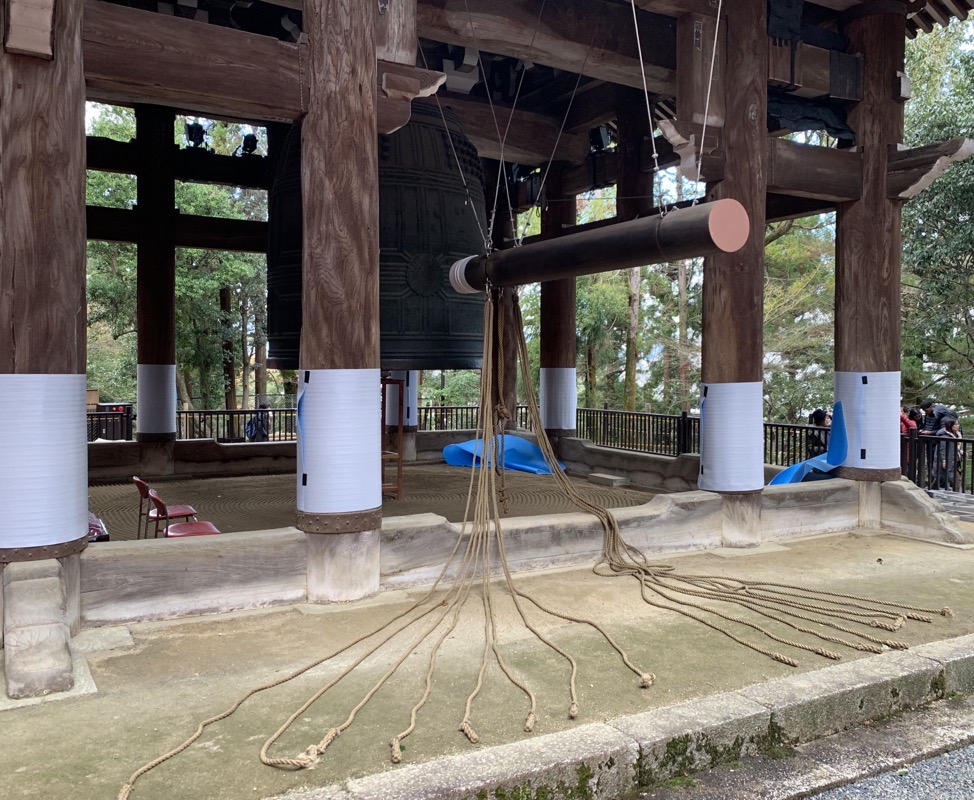
It used to require a 25-man team to sound it. But now they’re using 17-man teams. Modern diets maybe?
The Chion-in complex is quite spectacular, with the recently restored exterior of the main hall “Mieido” showing the skill of its craftsmen. The Tokugawa family influence is everywhere, with their kamon (crest) being embedded into the ends of every tile and many other features.
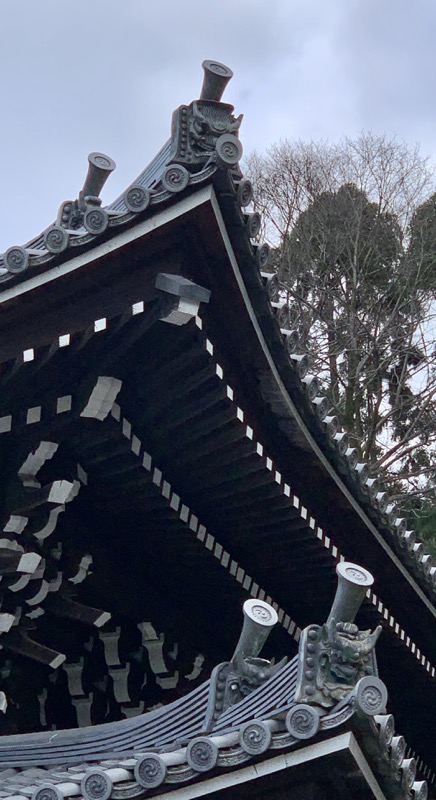
We couldn’t see inside the main hall because the restoration is still continuing, but the outside and its surrounds are spectacular.
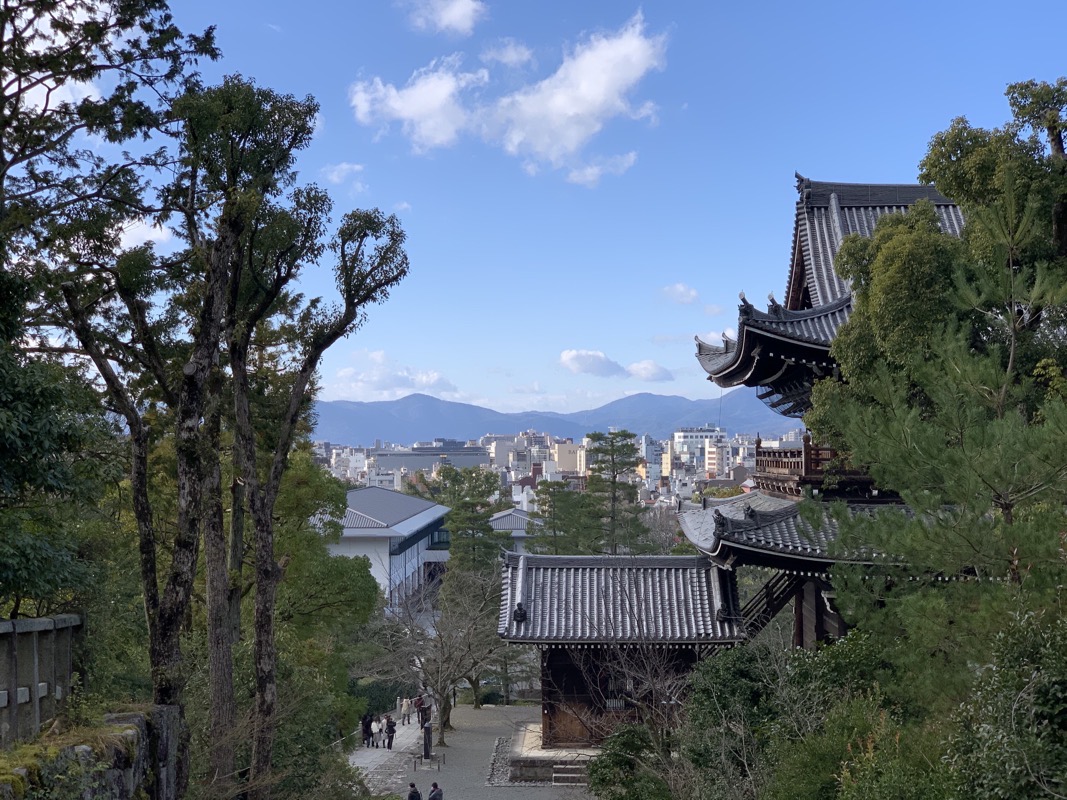
As we were walking around I could hear what sounded like Throat singing at the Honen, with the chant and bell ringing combining to create quite a moving combination. It happened to be just where I saw my first Sakura in Japan, too.
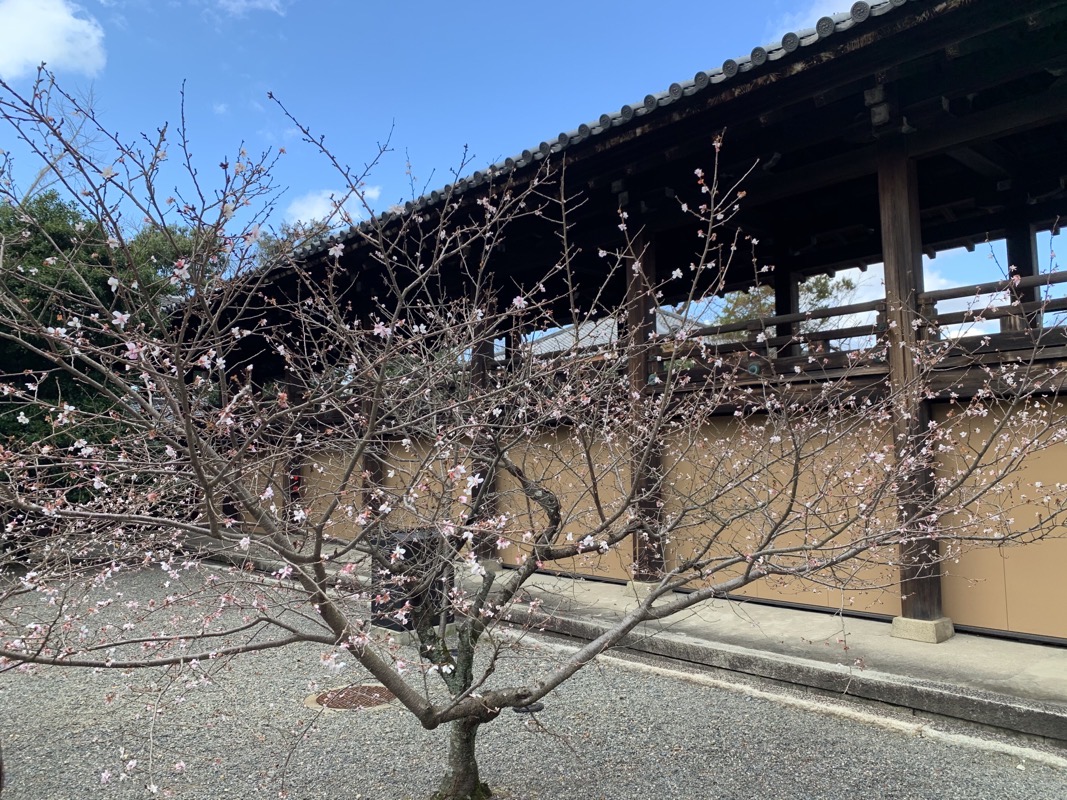
Here’s where I saw the biggest concentration of vending machines so far, 18 around the little souvenir/shop building, with 8 in a single row.
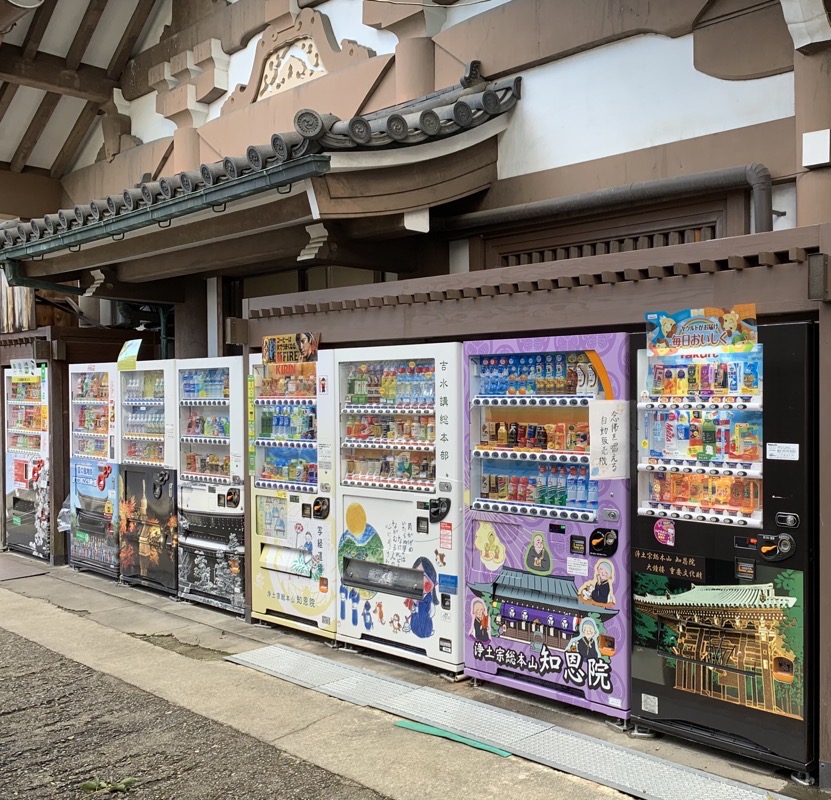
Having walked up a mountain and back again, our stomachs were rumbling, so we went looking for food.
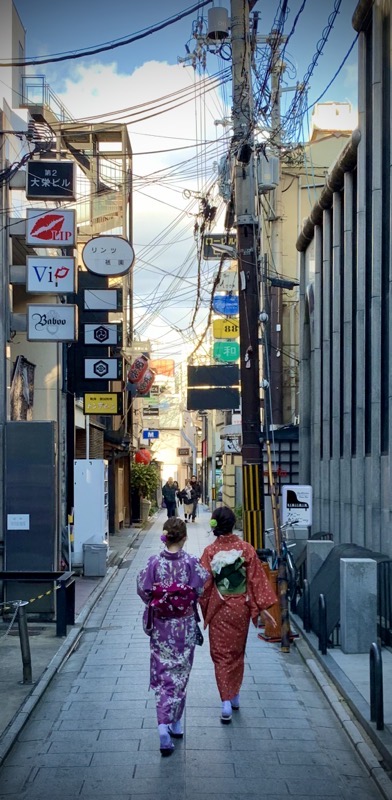
Every place we looked at was closed, given that most of them are close to the shrines and would be opening again around midnight to cater for the end of year celebrations.
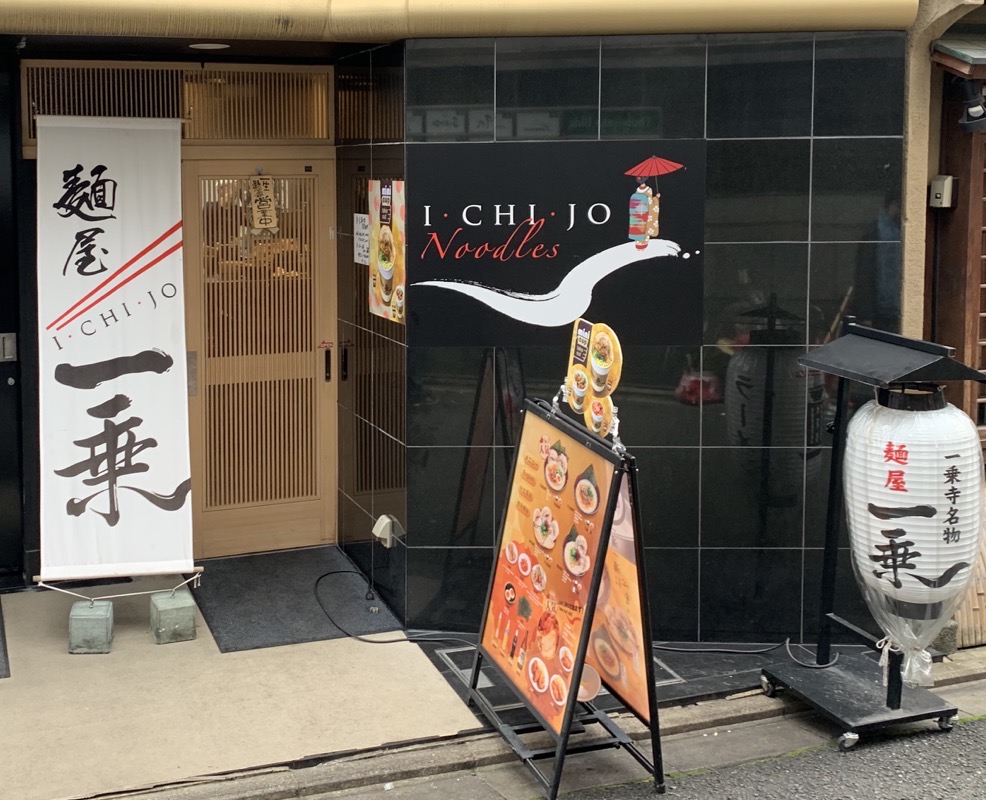
We happened to stumble upon a tiny ramen place, 一乗 (I-chi-Jo noodles). The guy running the place had popped outside for a smoke, and was fantastically friendly and fun as we stood there checking out the simple, but tasty looking menu. We fed his ticket machine, and he smashed out some great food for fifteen people while we waited; our meal was awesome.
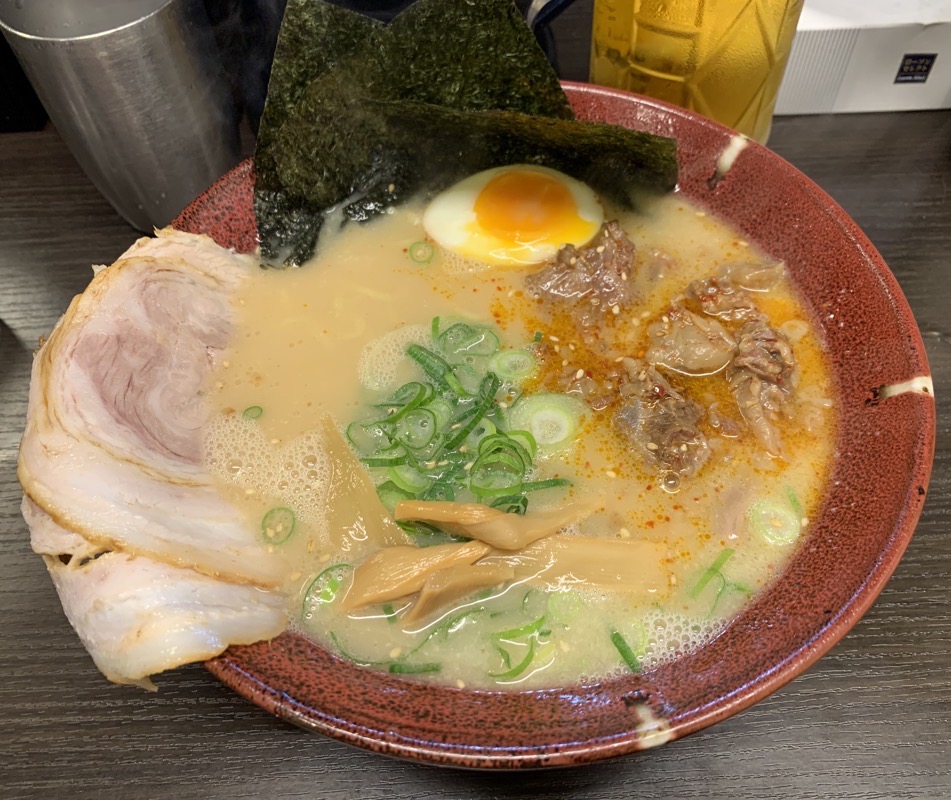
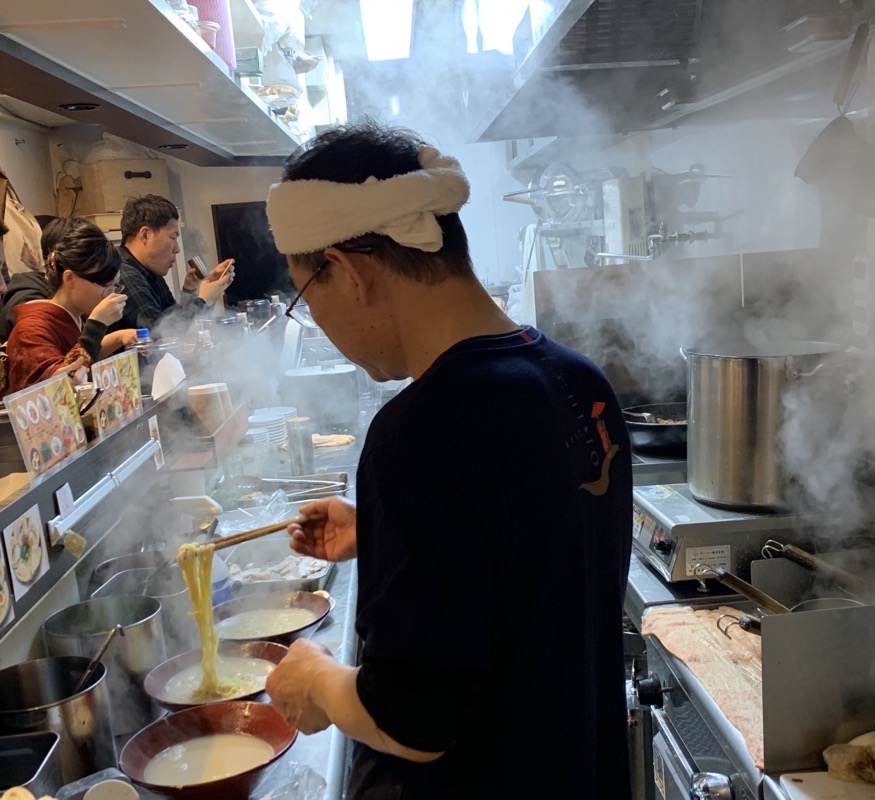
After lunch we headed to the Kennin-Ji temple, the oldest Zen temple in Kyoto.
We saw a beautiful painting of “The Wind and Thunder Gods” from the Edo period, painted by Tawraya Sotatsu. They look a little ferocious, but also a little humorous.
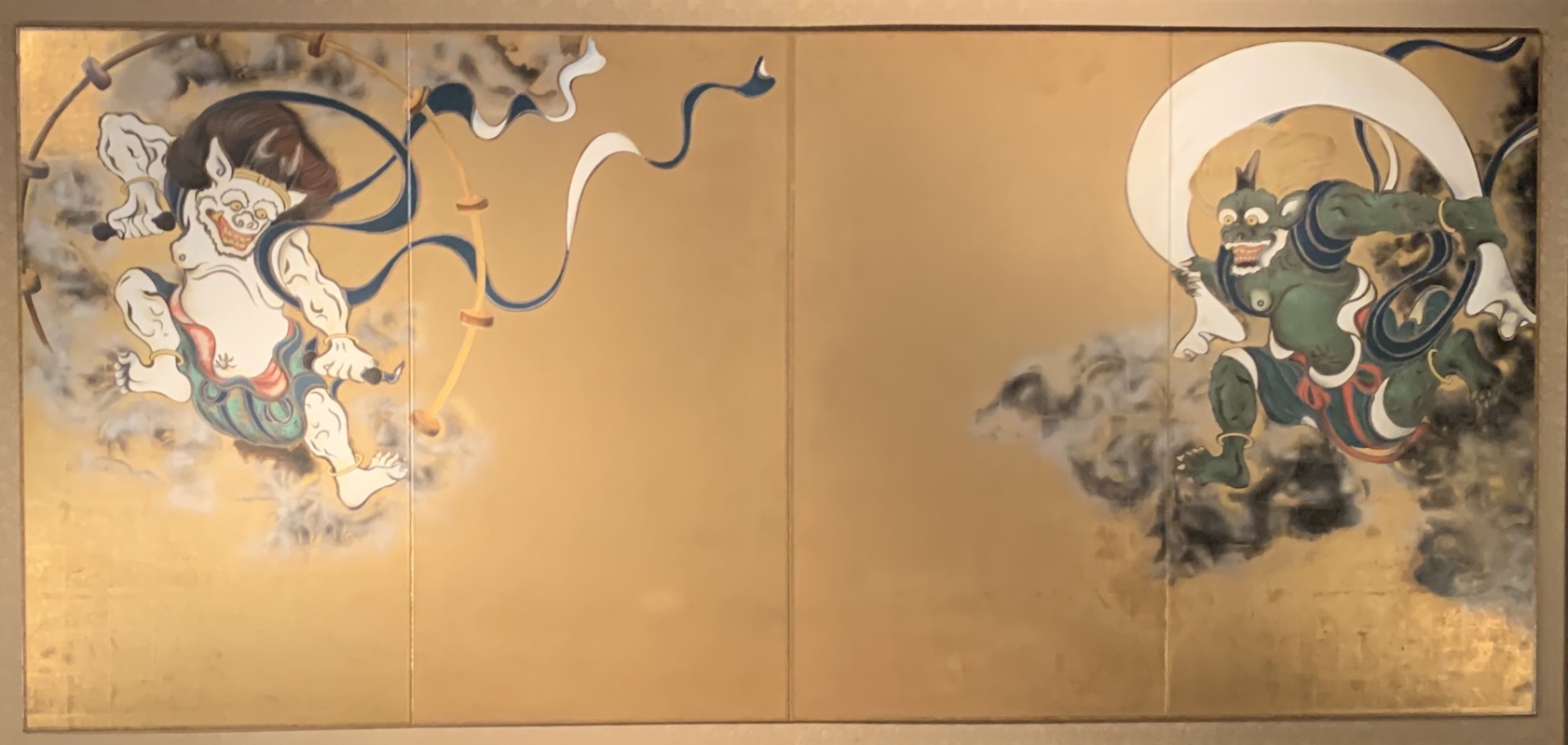
The grounds and buildings of the temple are beautiful and serene, even packed full of visitors.
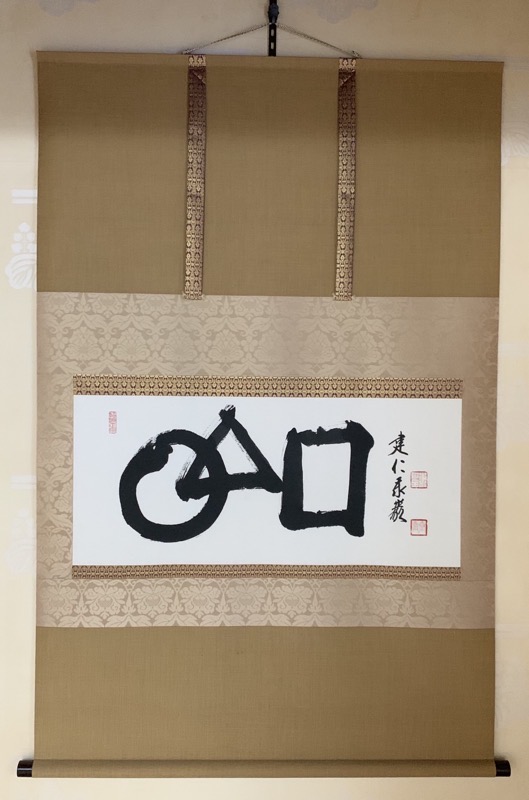
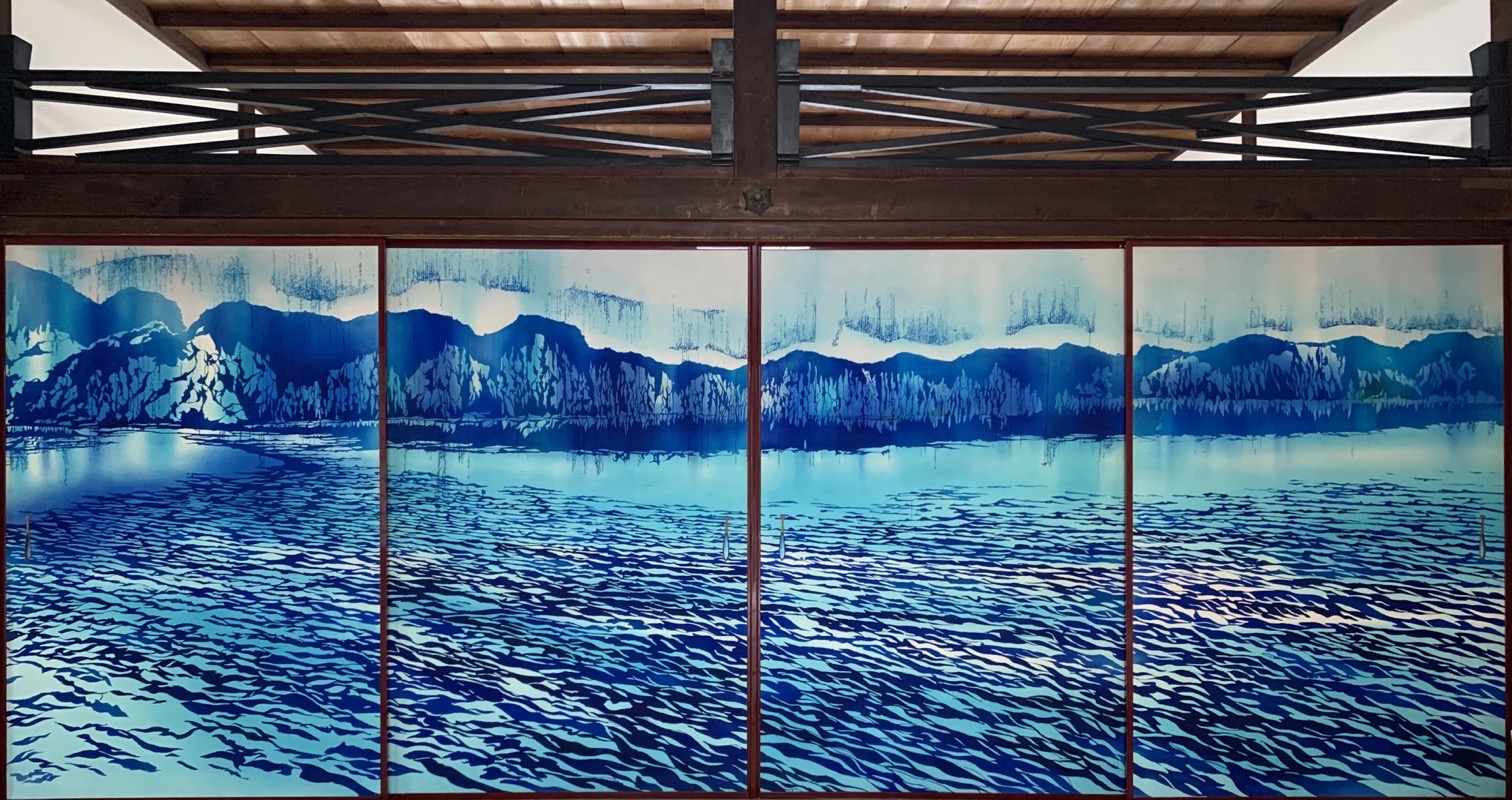
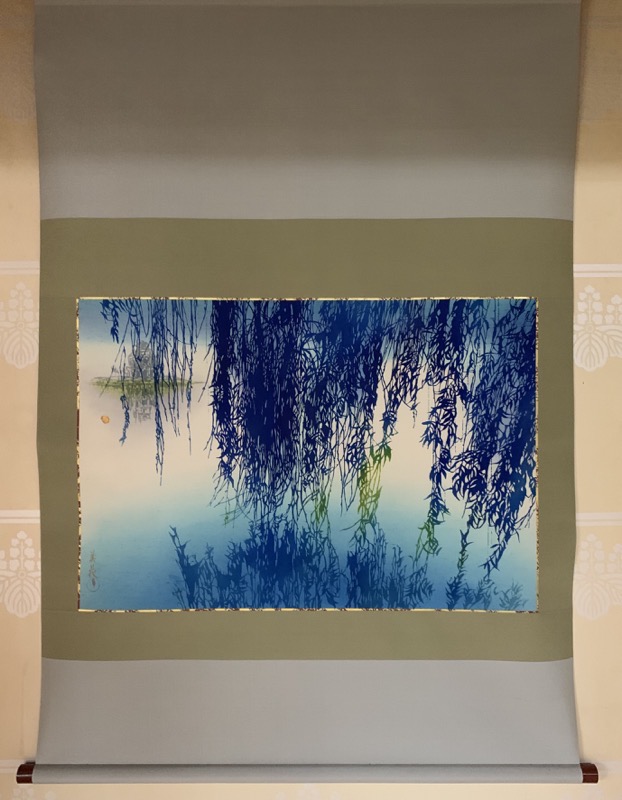
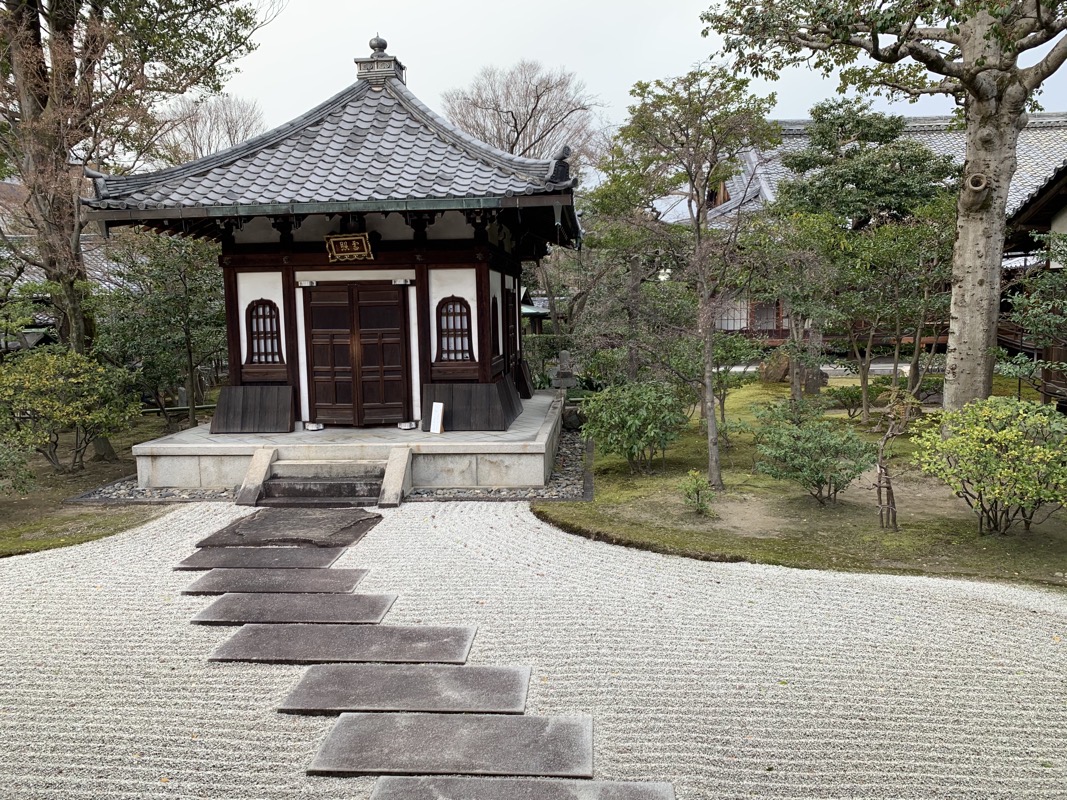
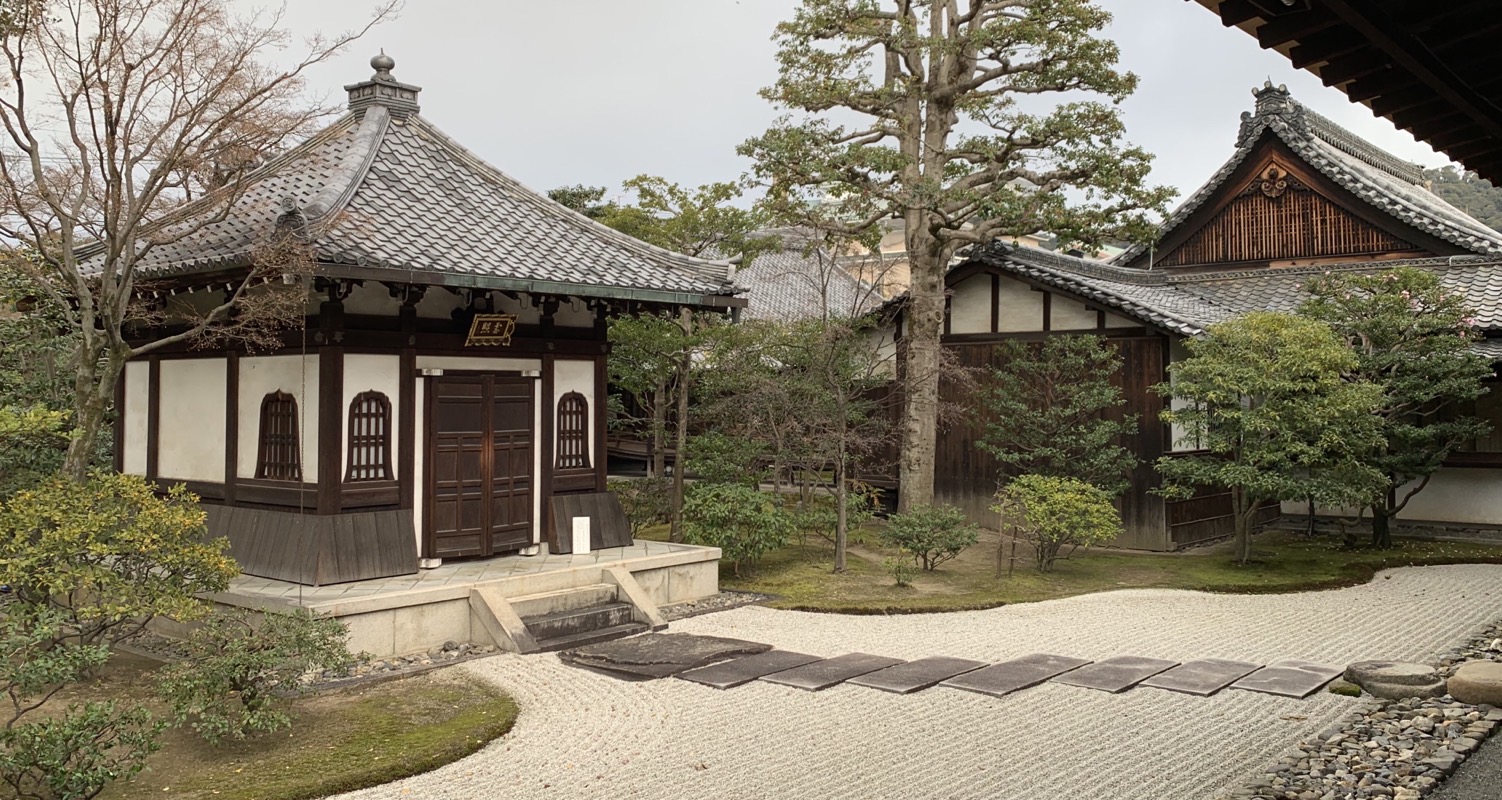
Seems it might be a little too serene, these signs were everywhere!
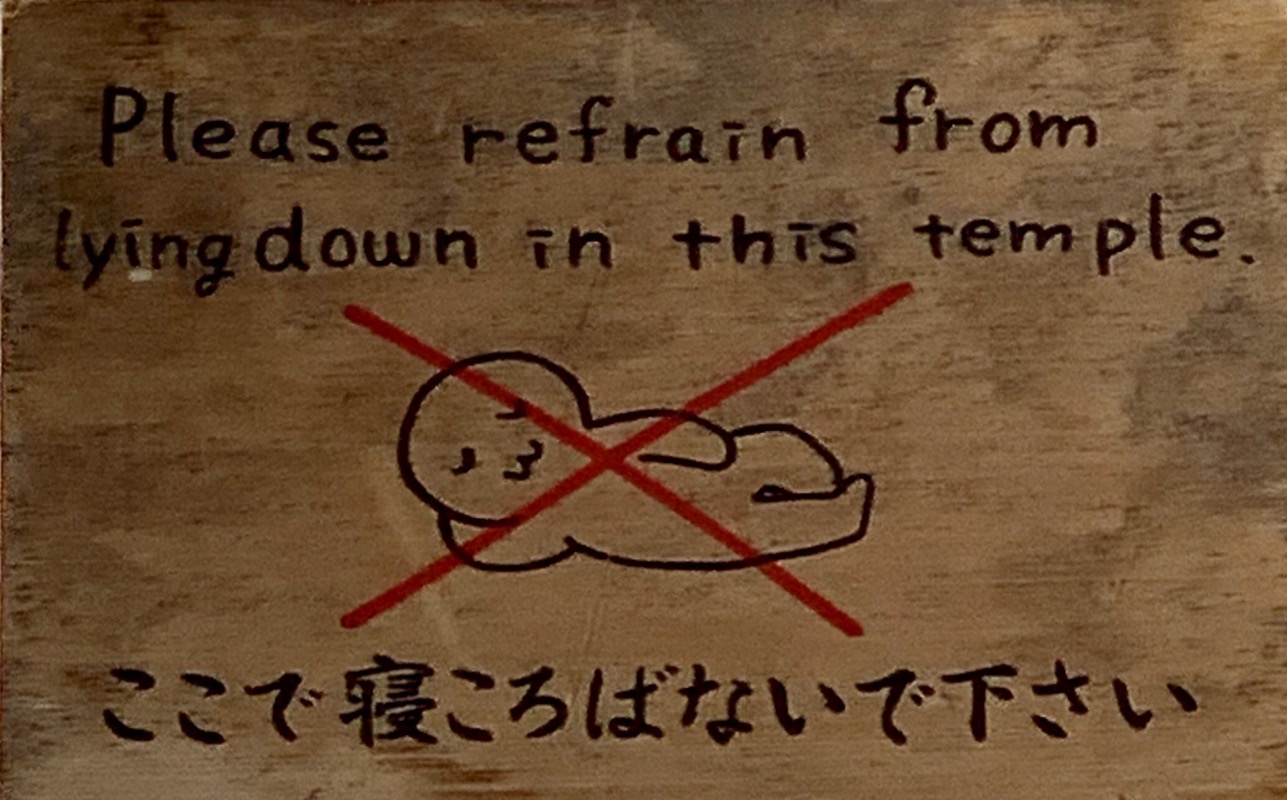
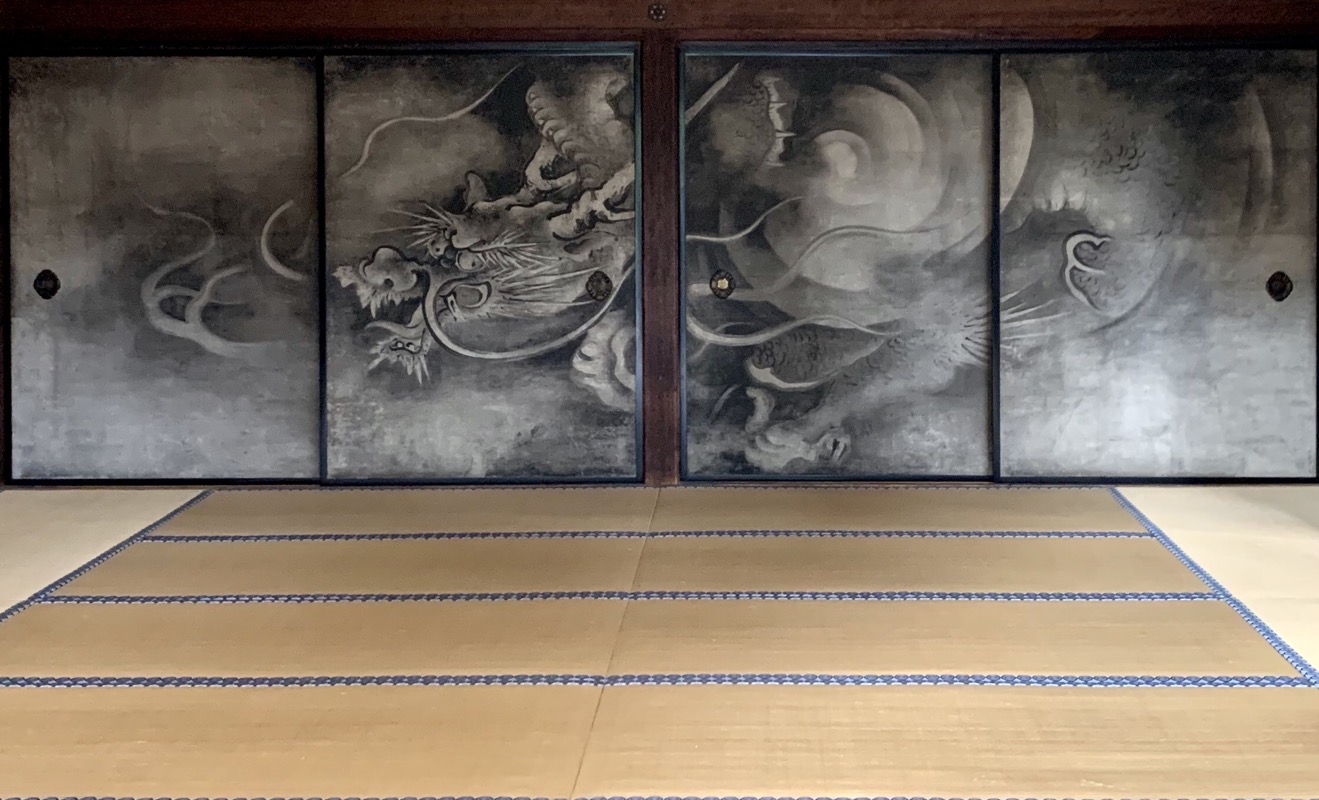
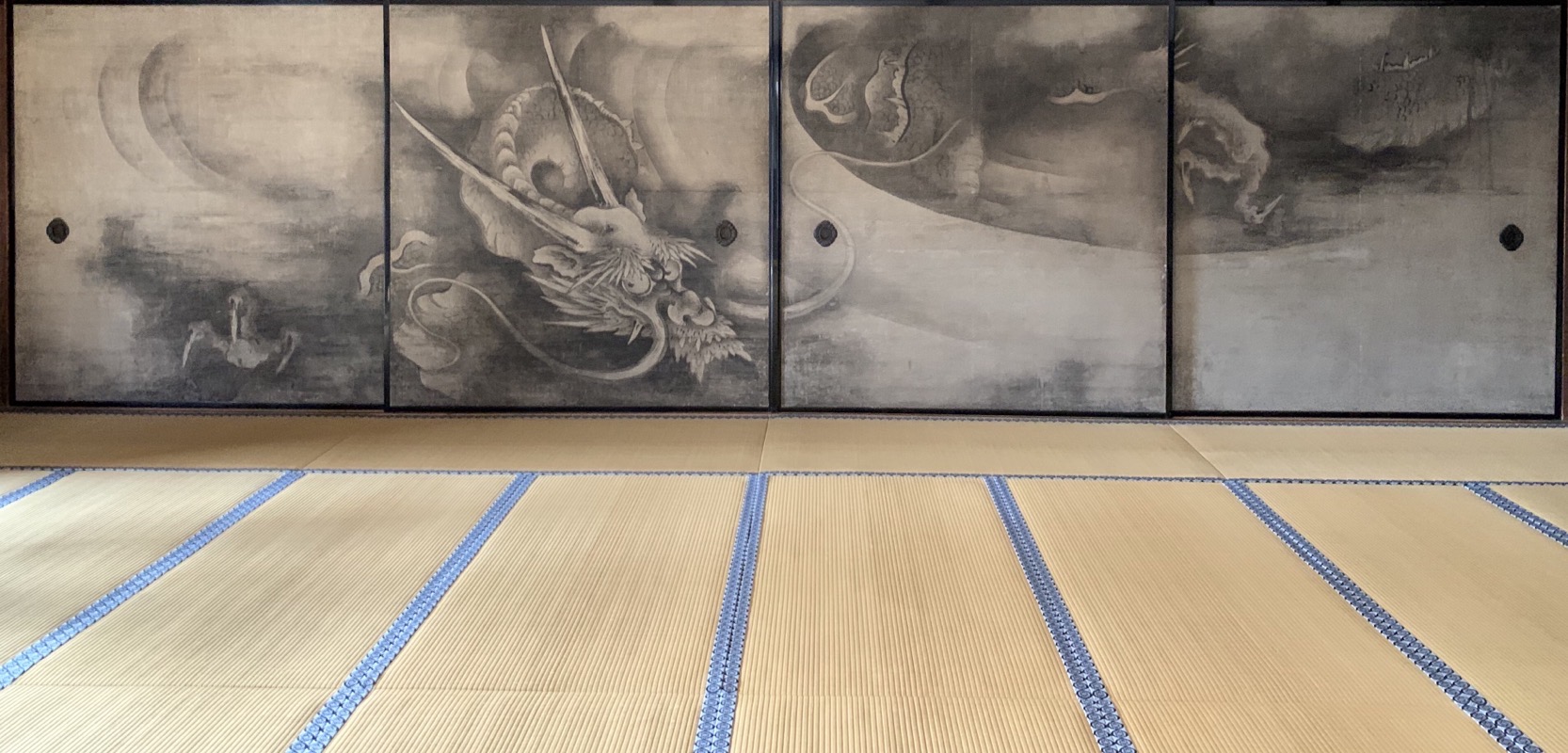
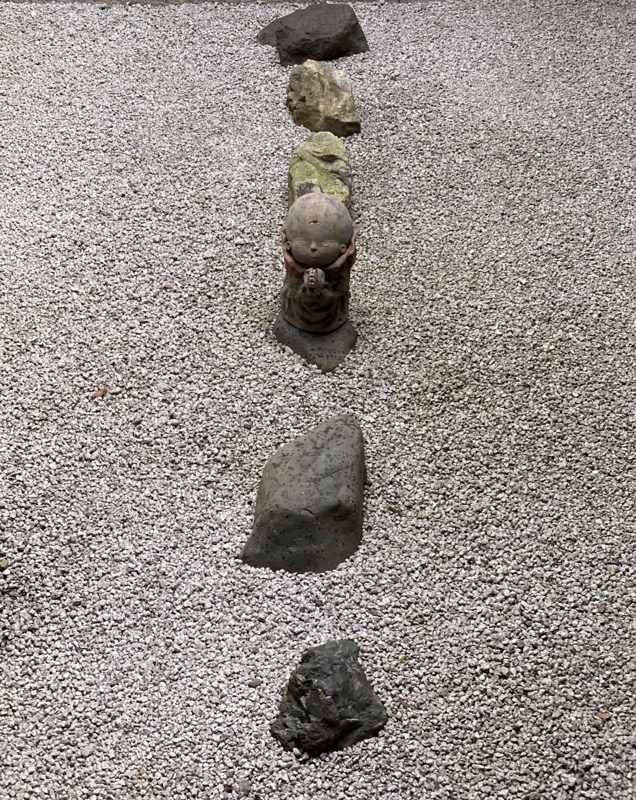
Painted to commemorate the 800-year anniversary of the founding of the temple, the painting of the Twin Dragons adorns the ceiling of one of the halls. It’s a spectacular piece of art which took two years to complete, but hand, with ink on traditional Japanese paper. It covers the equivalent of 108 tatami mats of space.
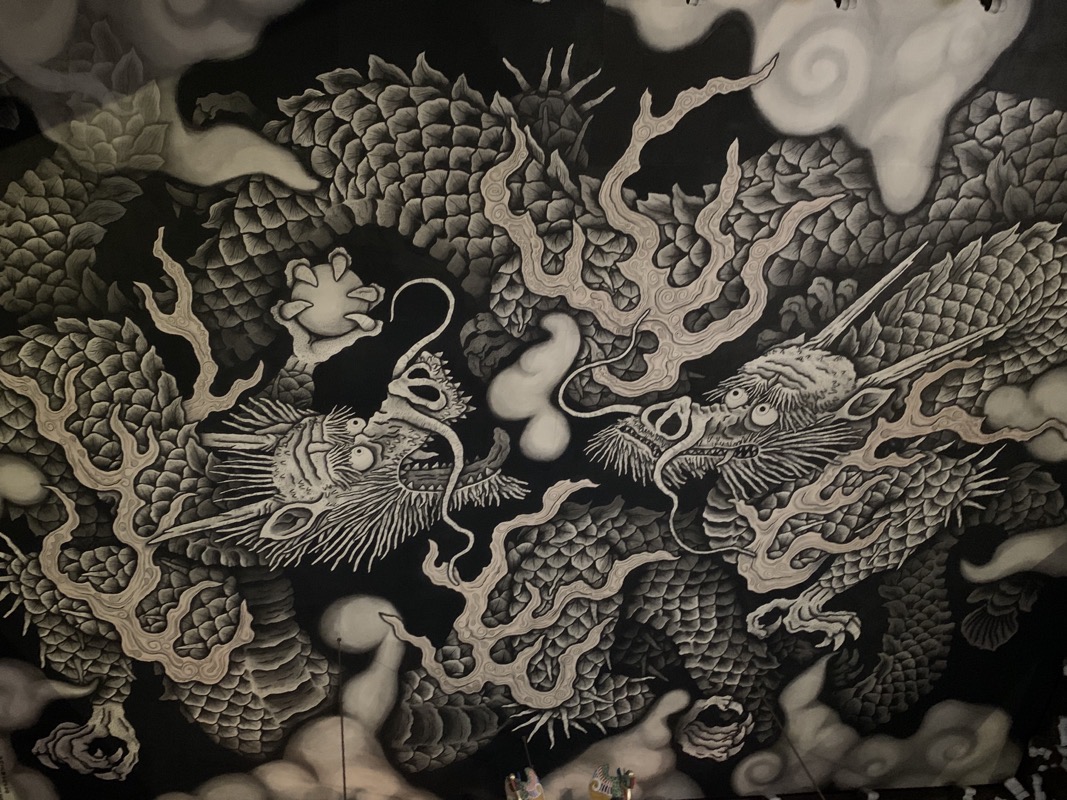
The rain had come and our feet were tired, so I headed to a chemist to grab something for my angry, phlegmatic lungs, and was sold a tiny bottle of what I hope can only be goodness. The nice old lady at the shop wouldn’t try to kill a tourist, would she?
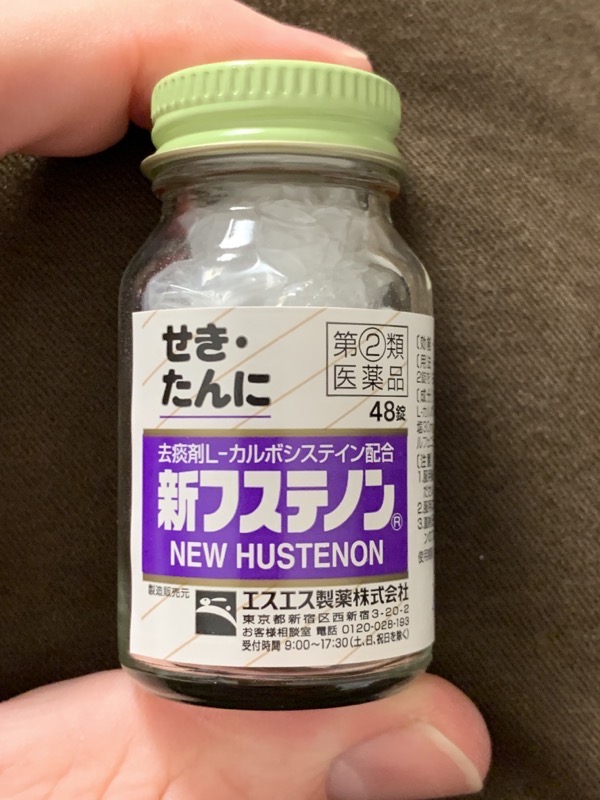
We picked up some supplies as I’d seen some mention of things being closed tomorrow. Only the essentials of course. Food, snacks, grog, and happy raccoon wash!
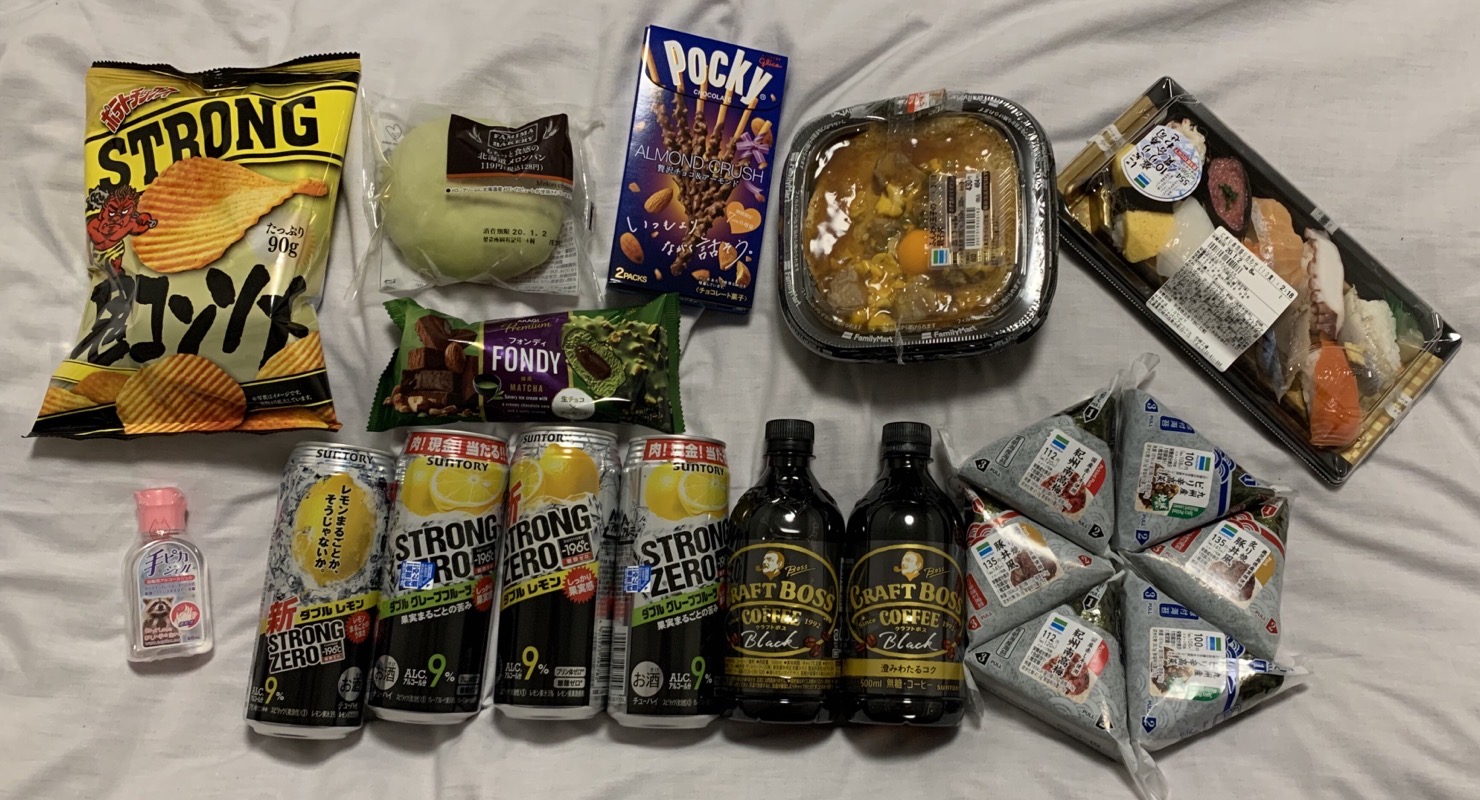
I guess this home owner also owns the vending machine? Cute.
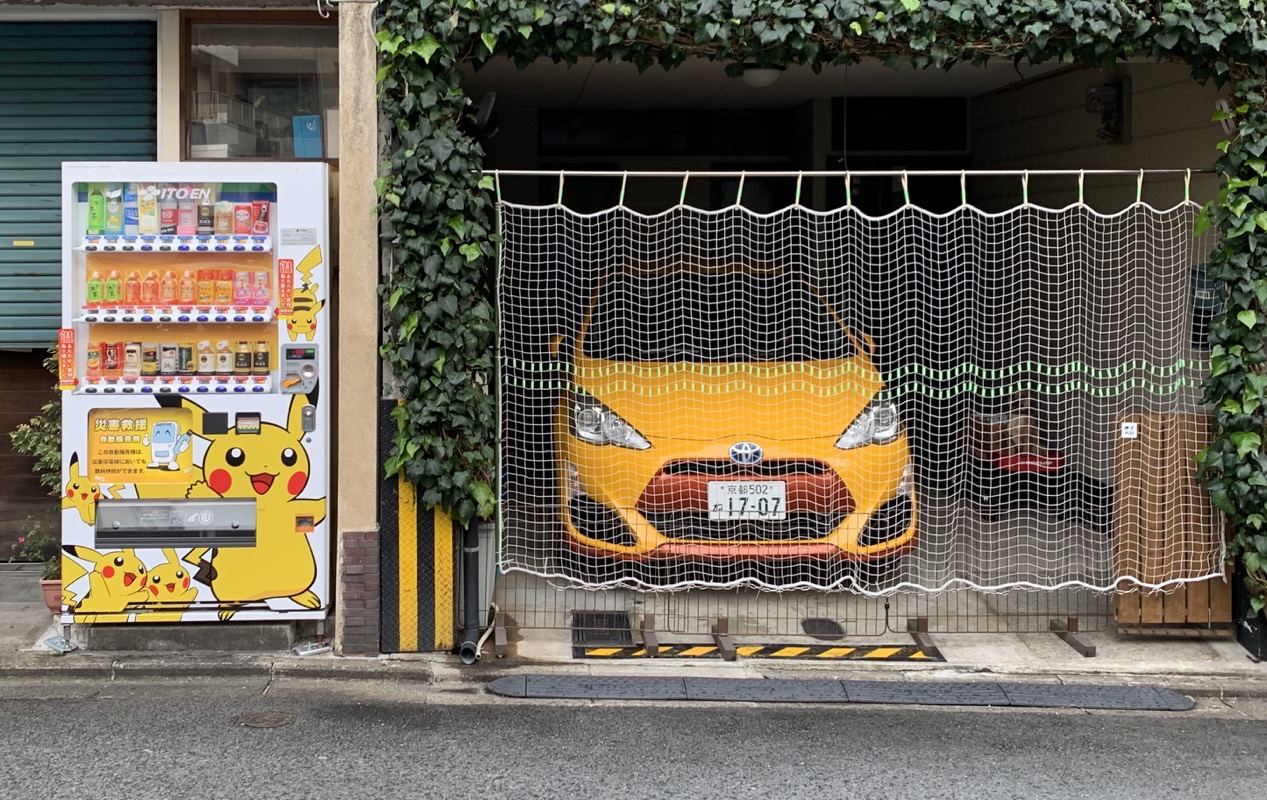
A friend mentioned fireworks as being possible, found this as something to do while researching:
Watching this long-running show, which started in 1959, has become a New Year’s Eve tradition for many Japanese families. Broadcast on the public TV channel NHK from around 7:15 pm until 11:45 pm, this 4.5-hour-long program involves a musical battle (in fact, the title literally translates to “Red-and-White Song Battle”) between two teams consisting of the year’s most popular and commercially successful artists. The artists are invited by NHK, so to be on the show is considered an honor. The audience and judges then vote for the best team.
Wow. The combination of music, comedy and just… Japanese TV is epic.
Just a few of the random things I could identify by the time I thought of it. I’ve been grabbing short clips and hope to make a compilation if I don’t find a better one first. It’s… great.
- Gen Hoshino - Same Thing on a roof in Tokyo
- Perfume - Fusion
- RADWIMPS (who did the Your Name theme)
- Seiko Matsuda - Summer Door
- Misia - Into the light Everything (and other songs)
- Arashi - some kind of Megamix?
I managed to grab a chunk of the “megamix” of highlights at the end…
Editor: but it got taken down the next day by NHK in a copyright report. Boooooo.
Happy new year?
